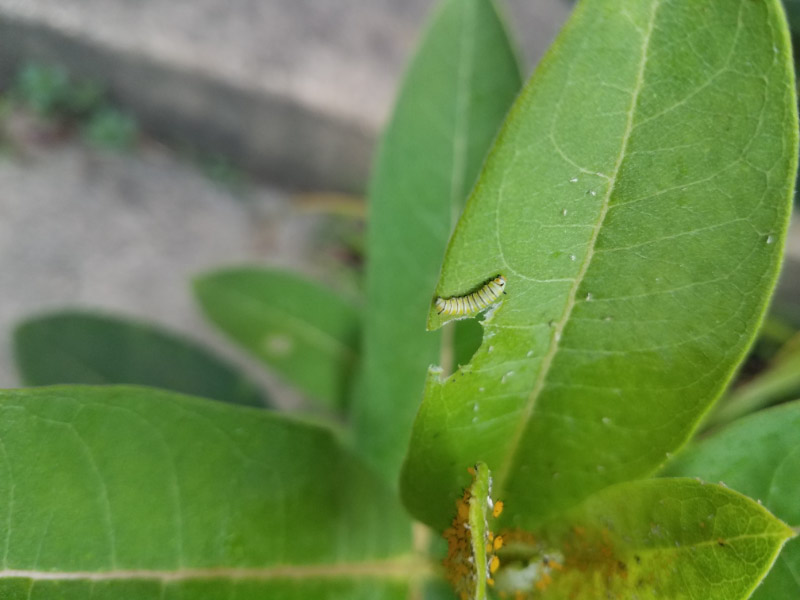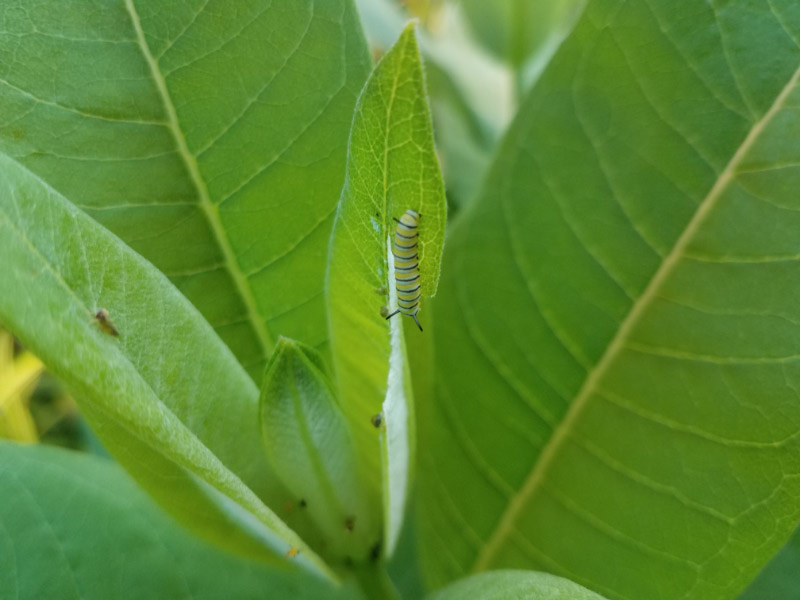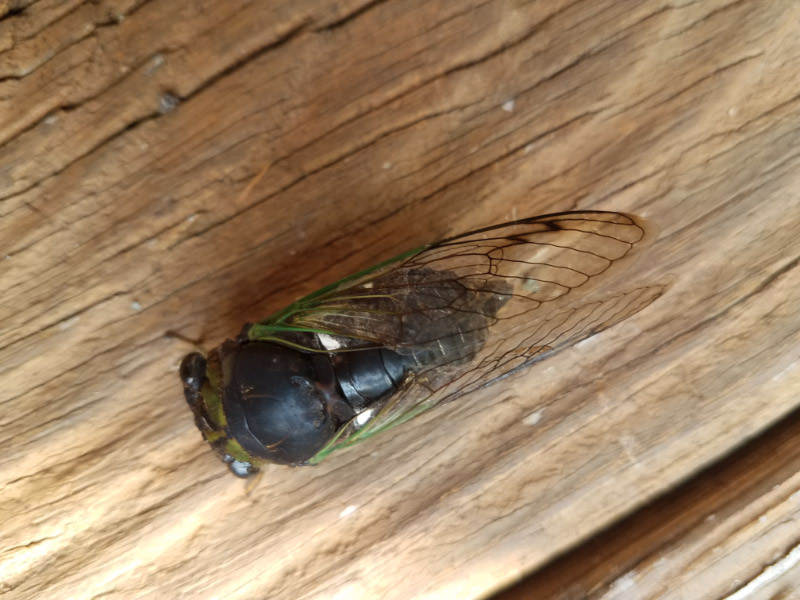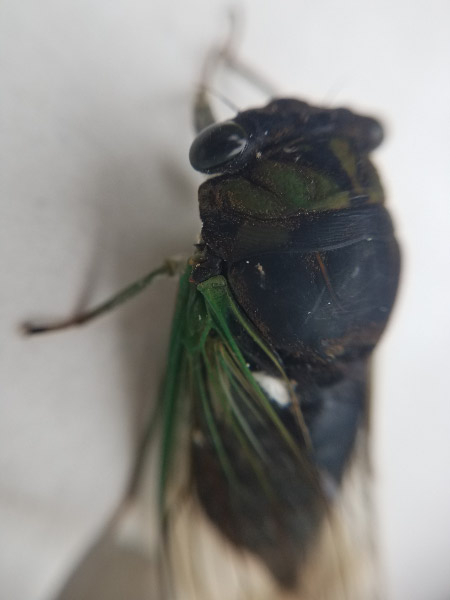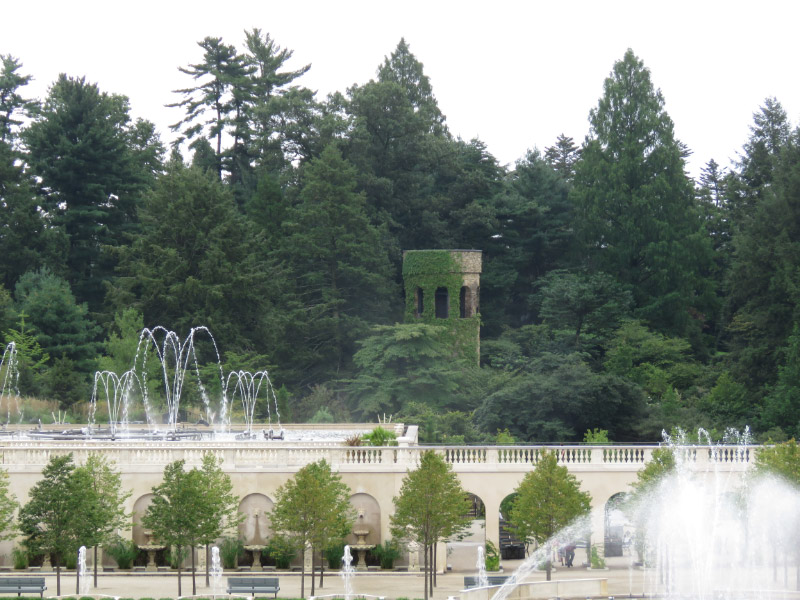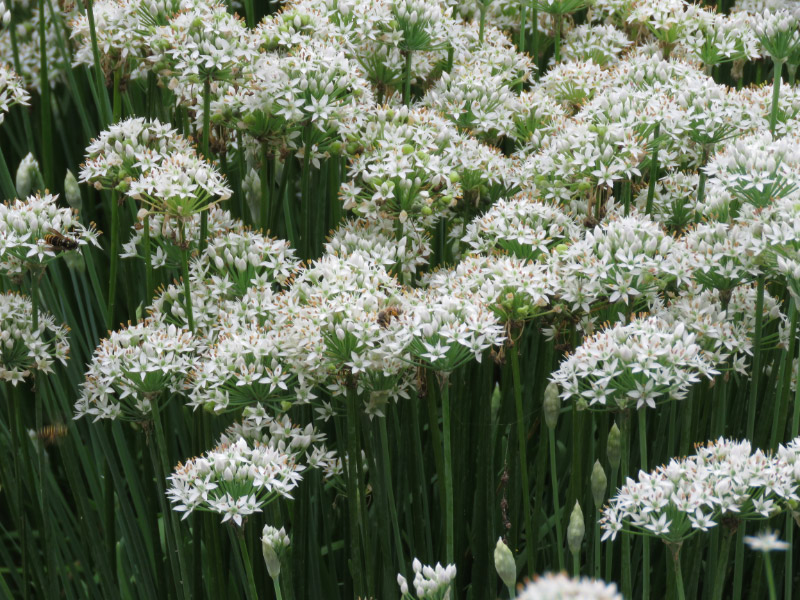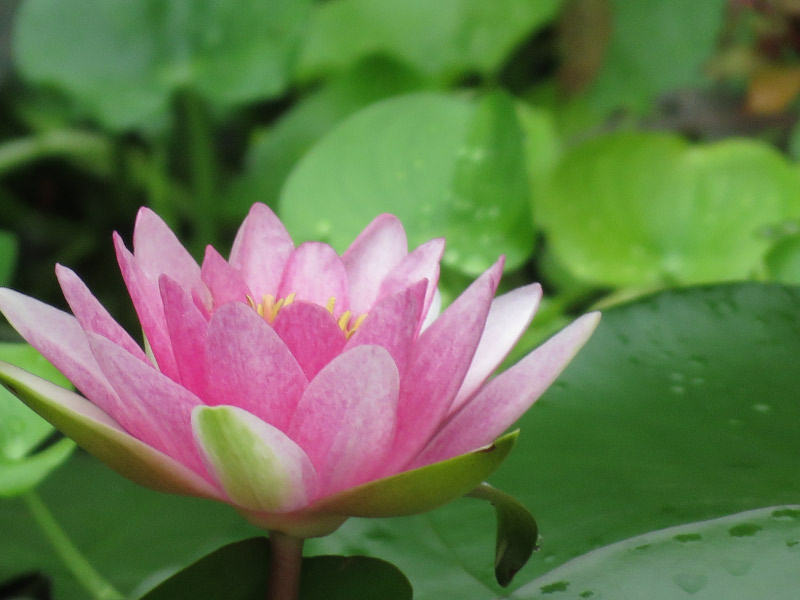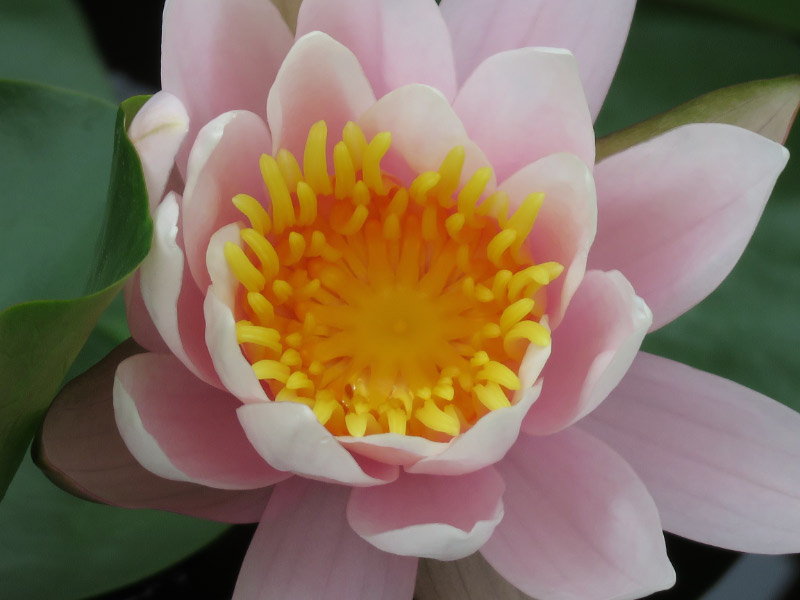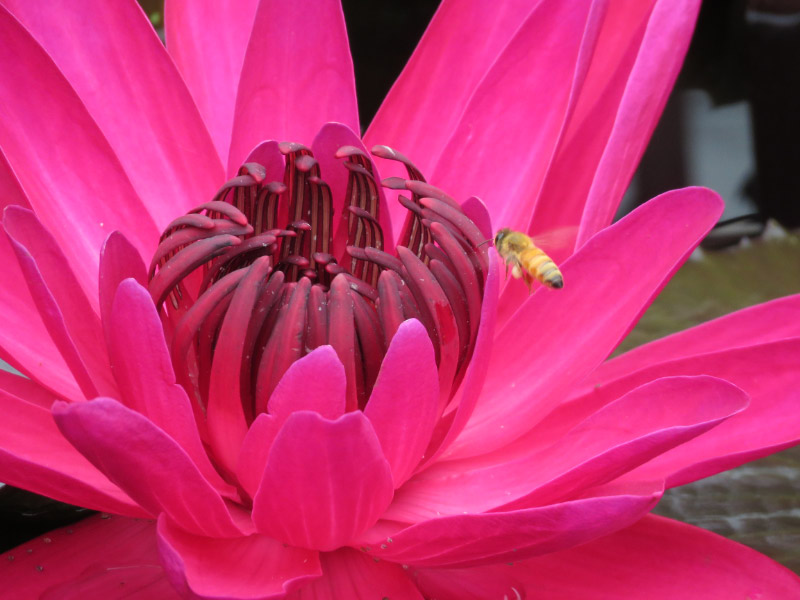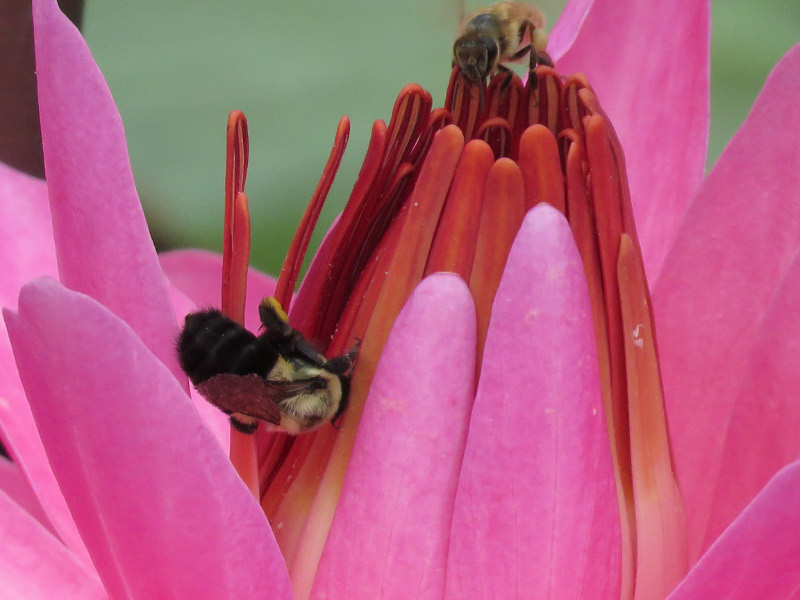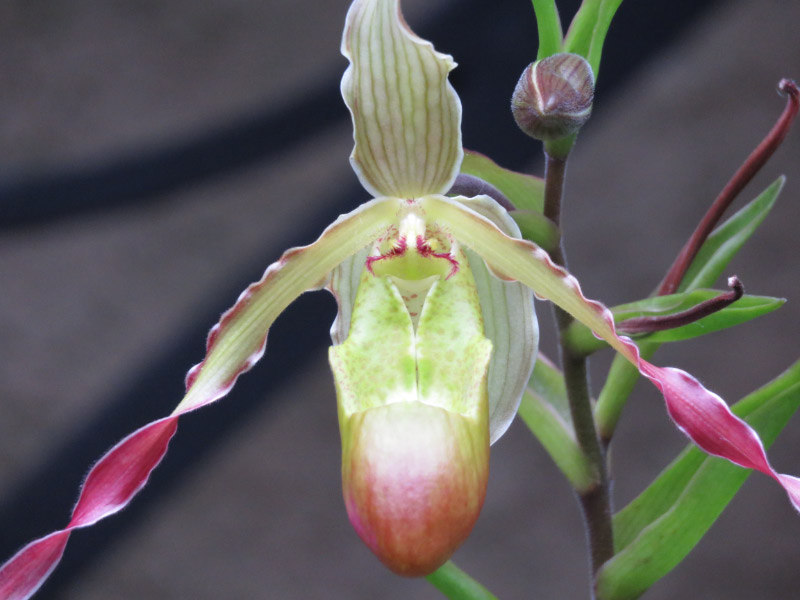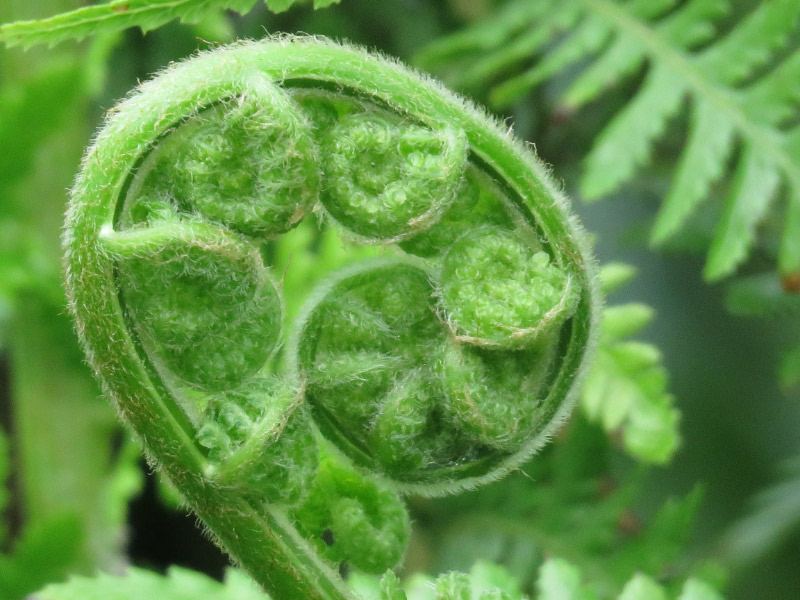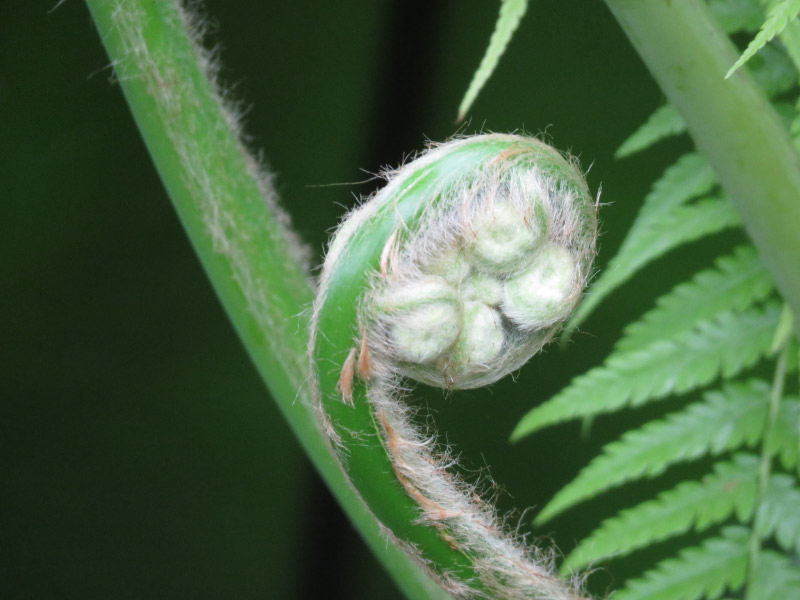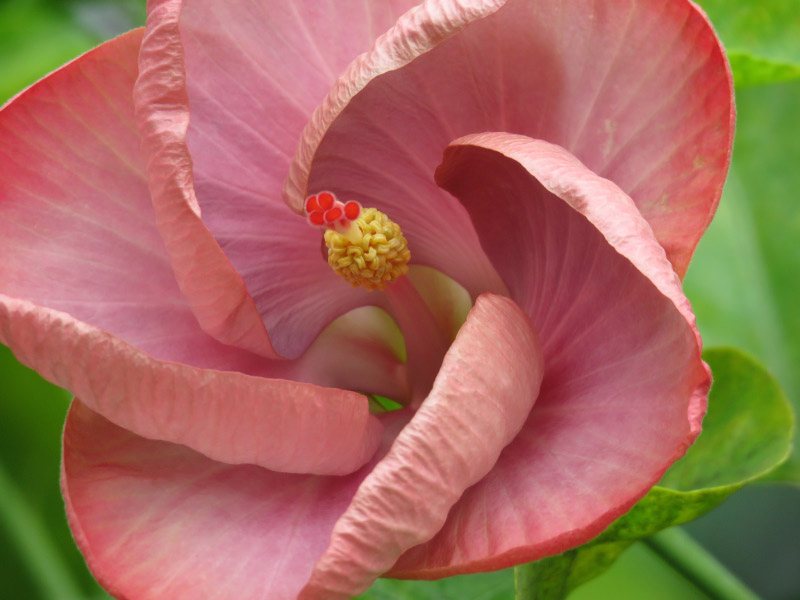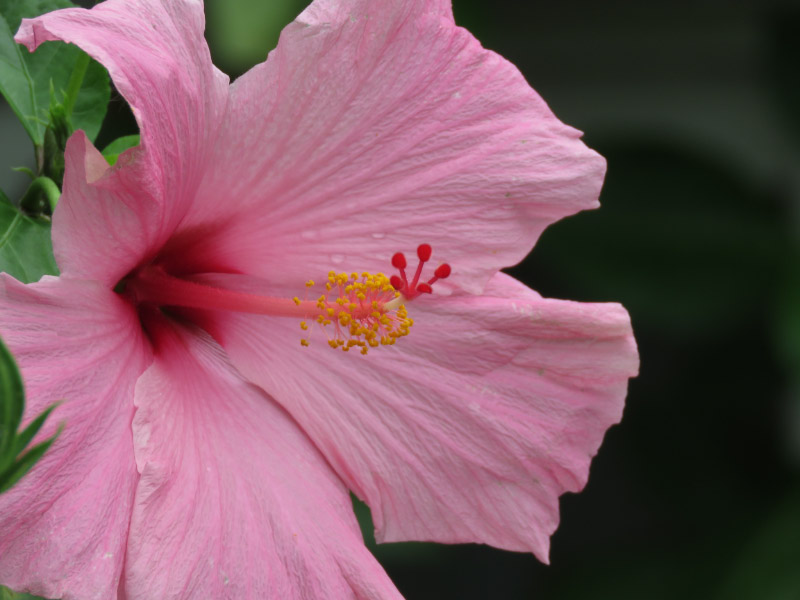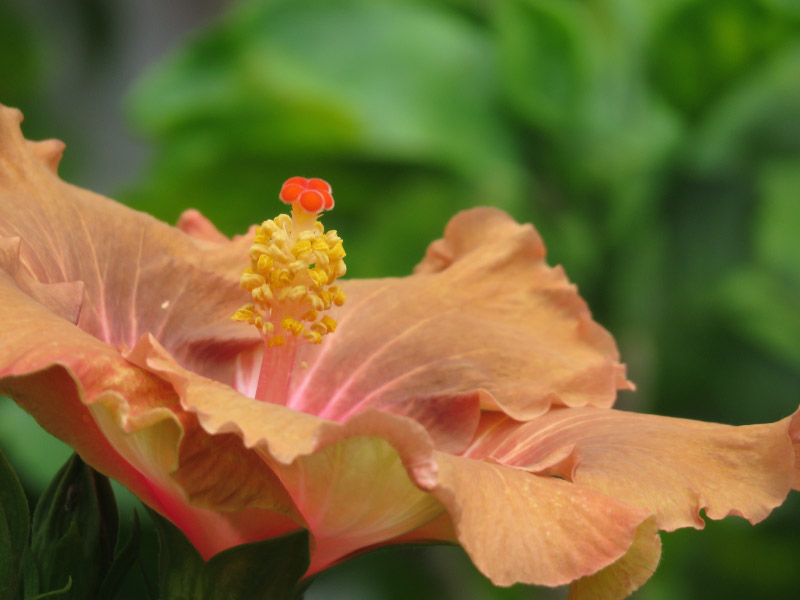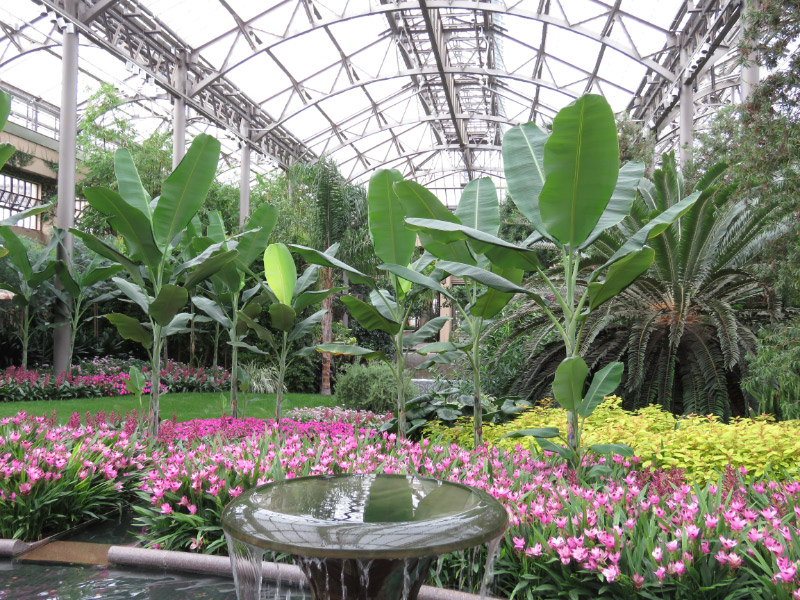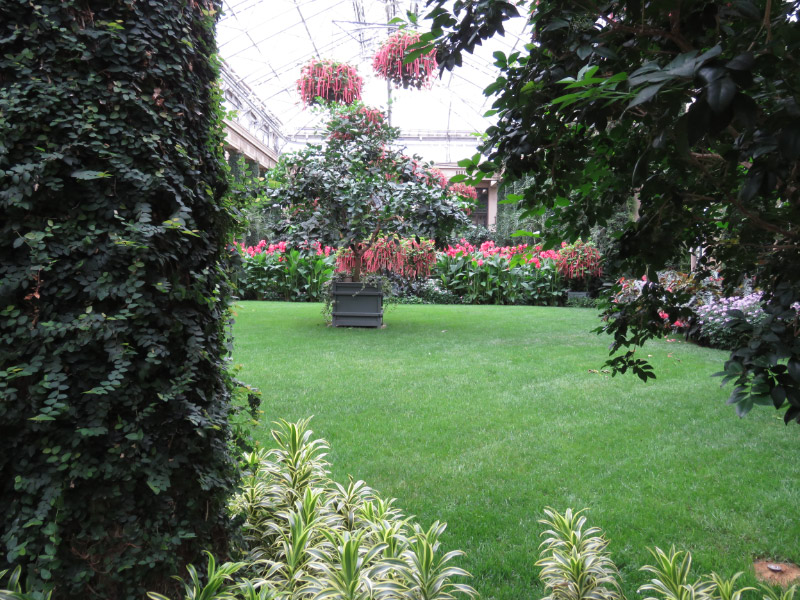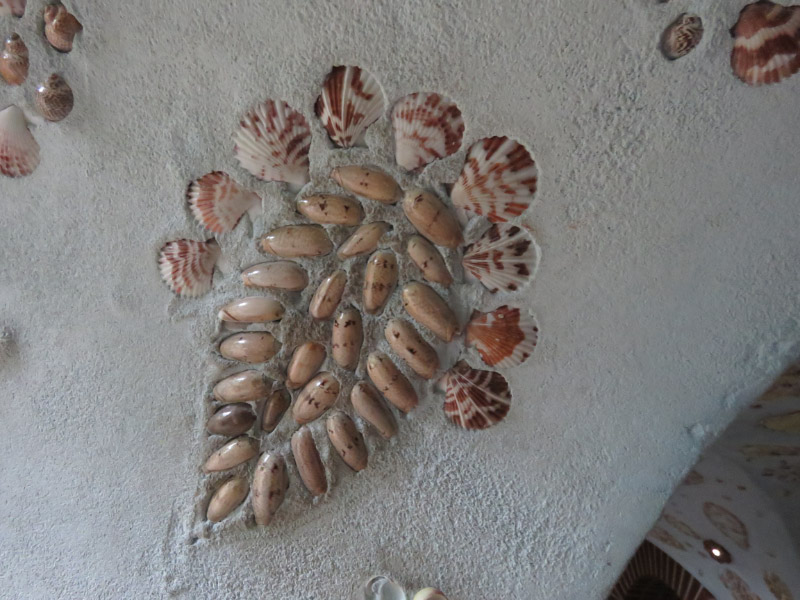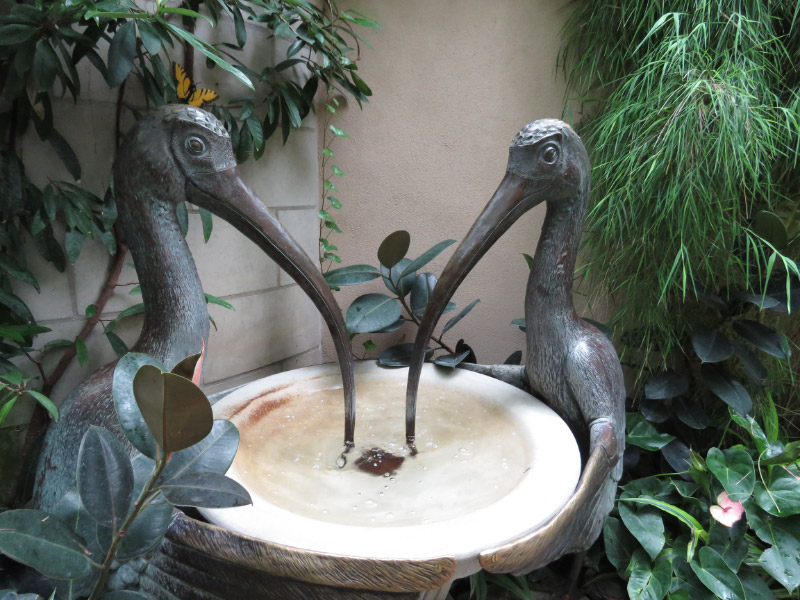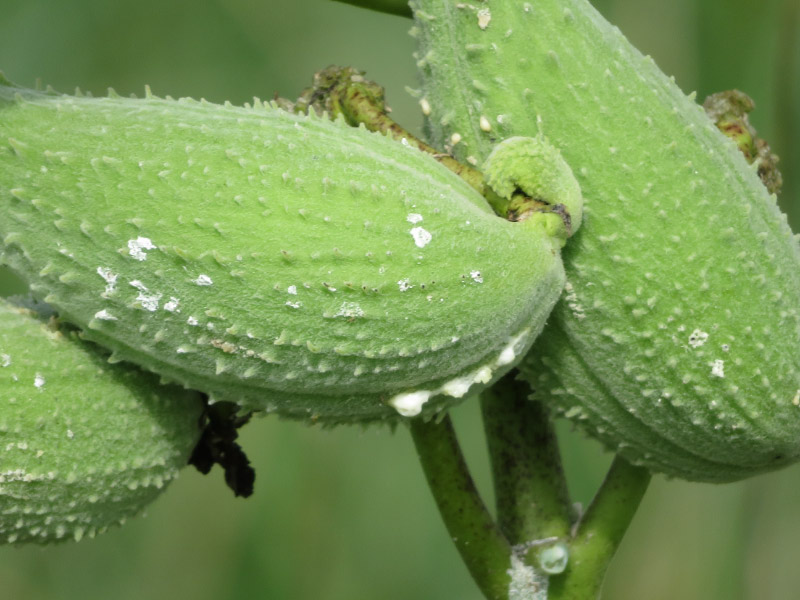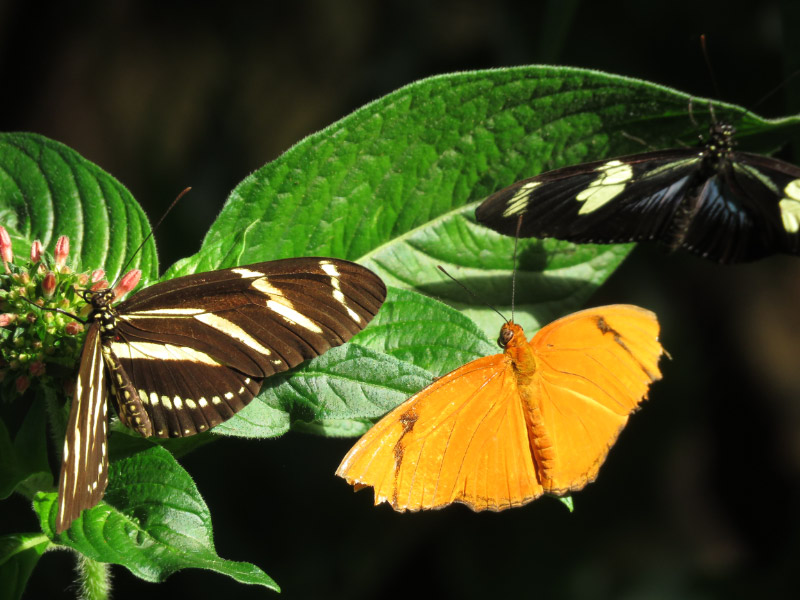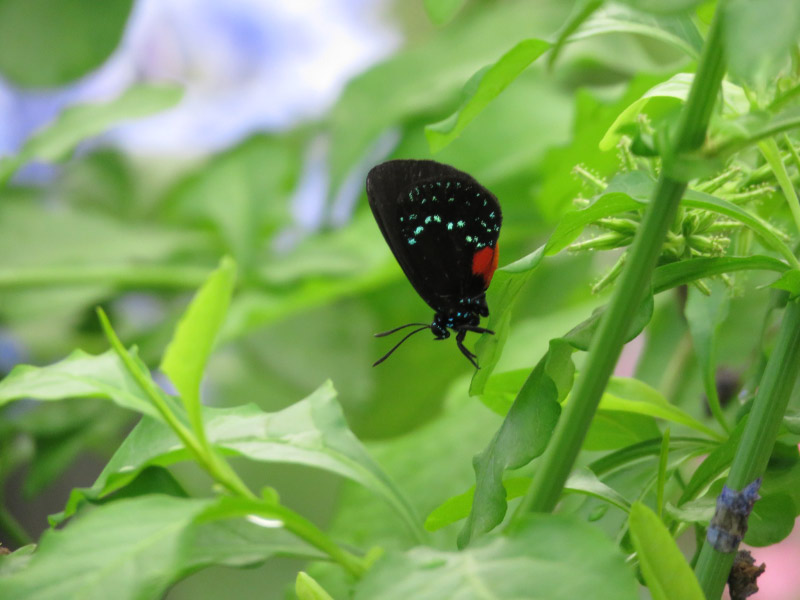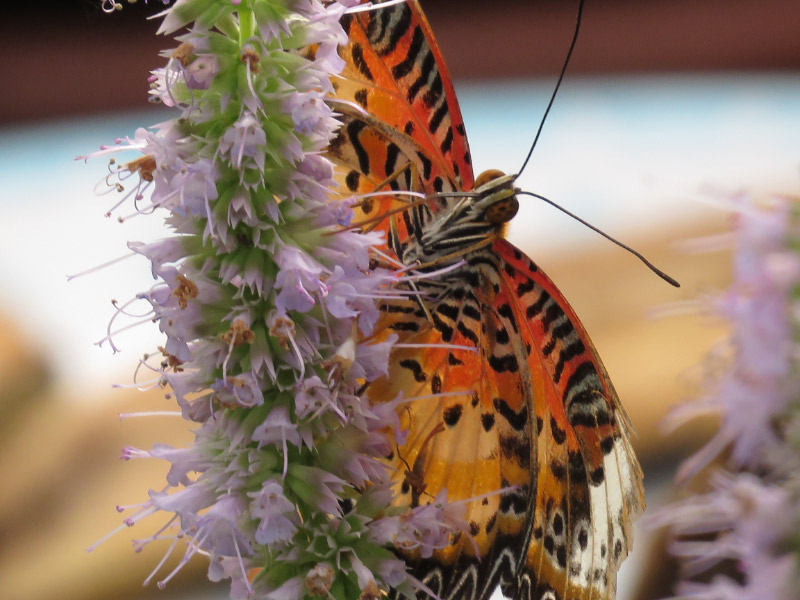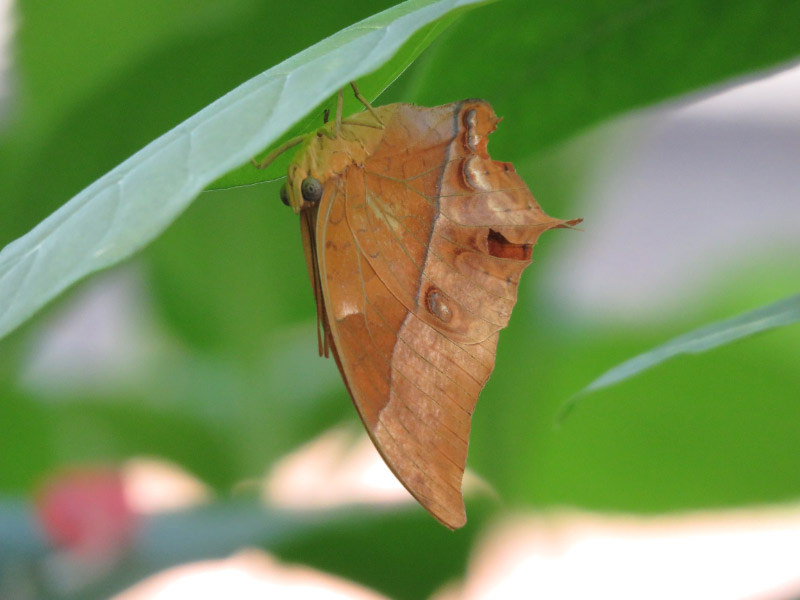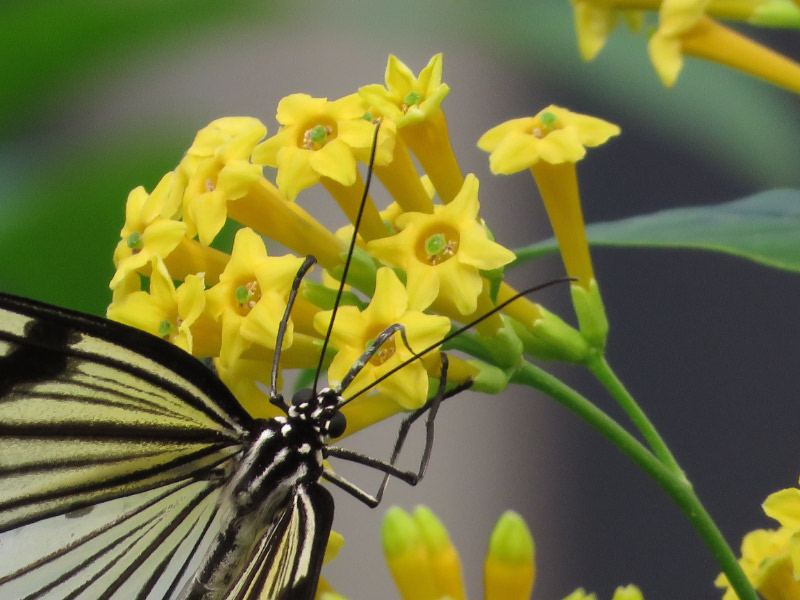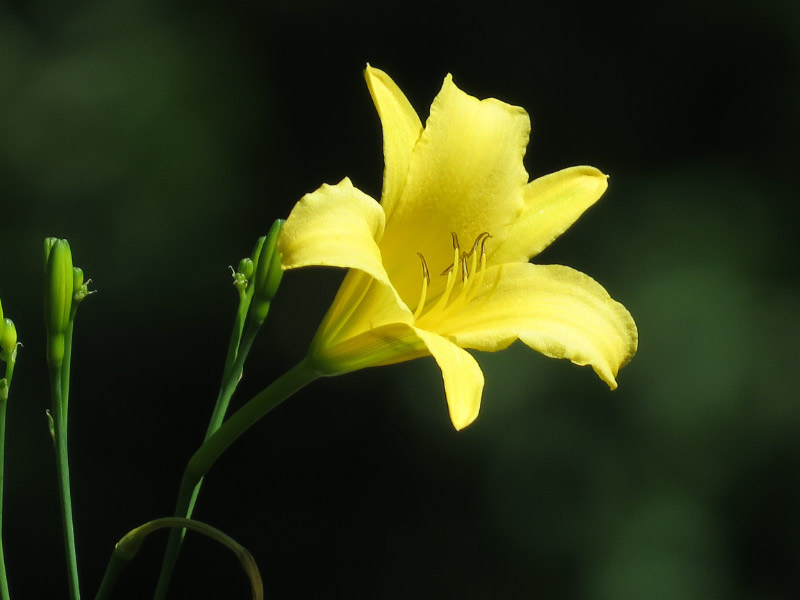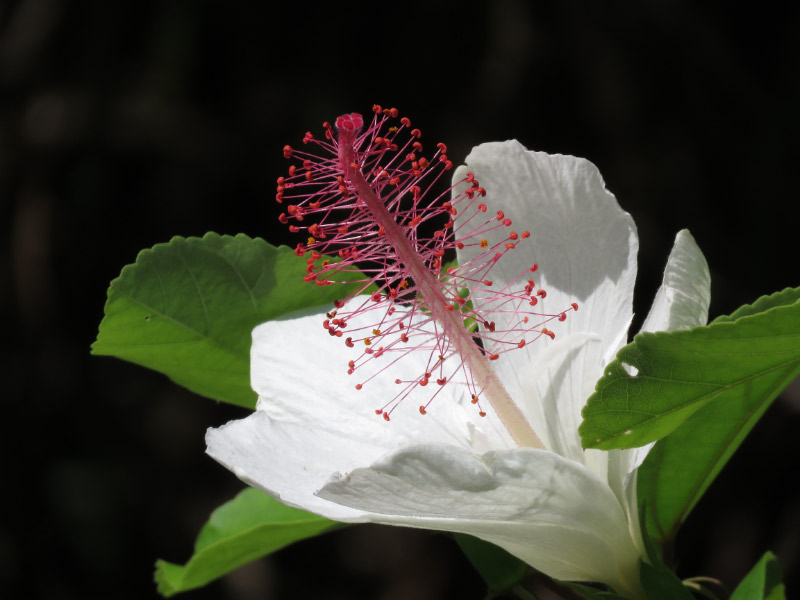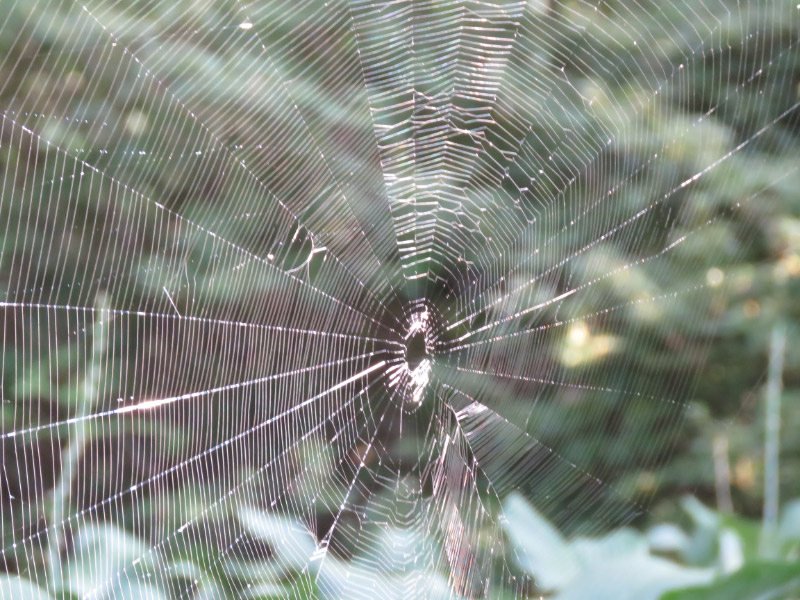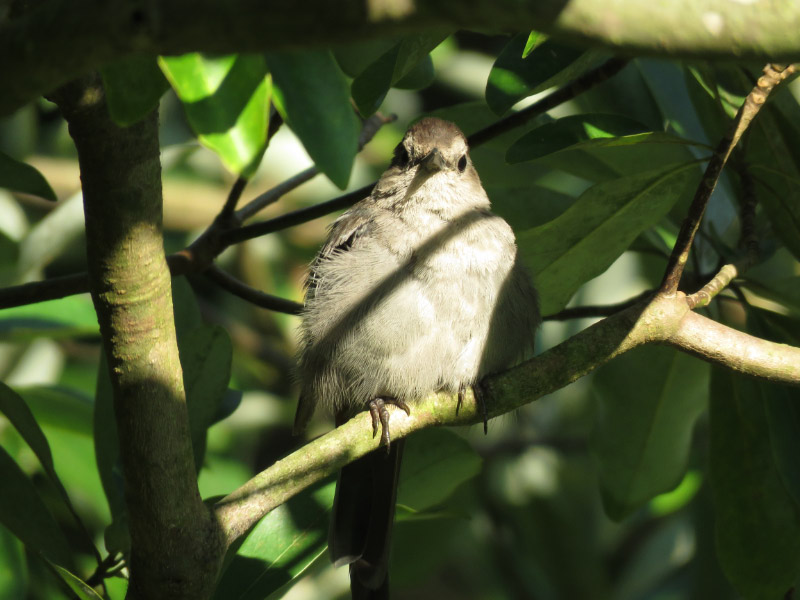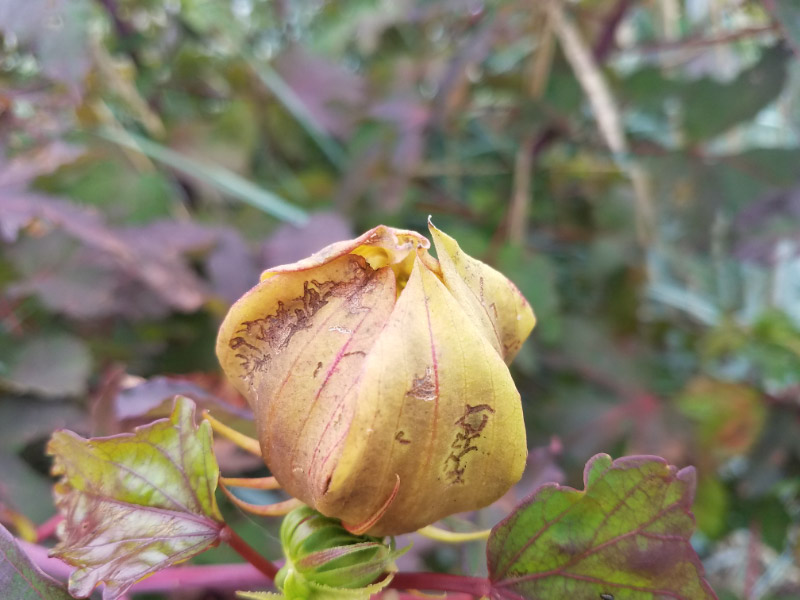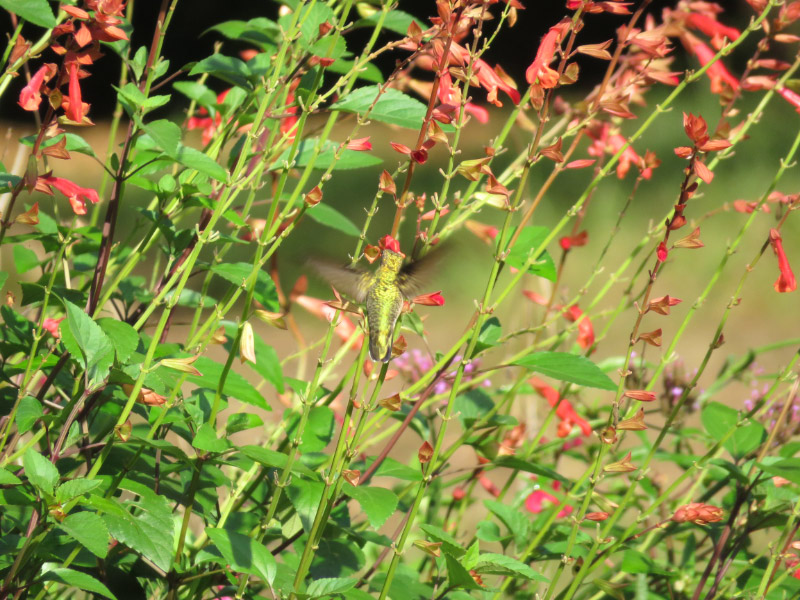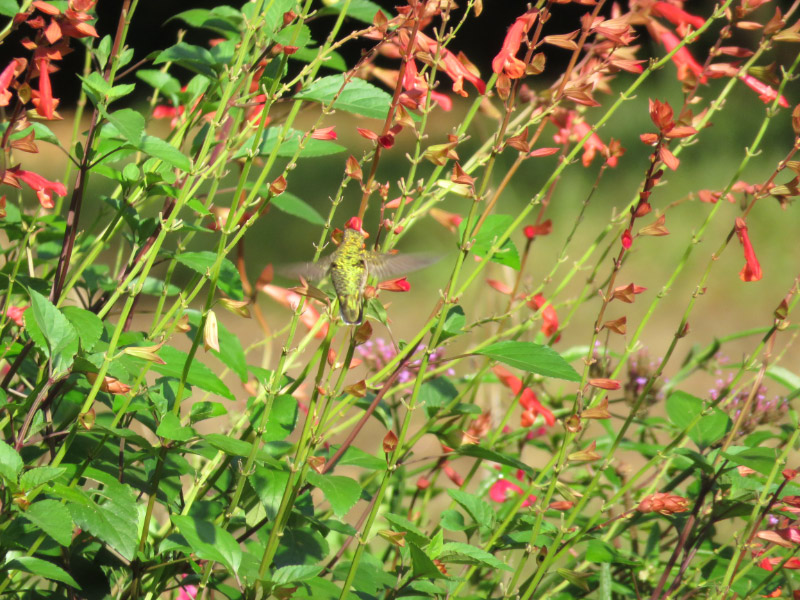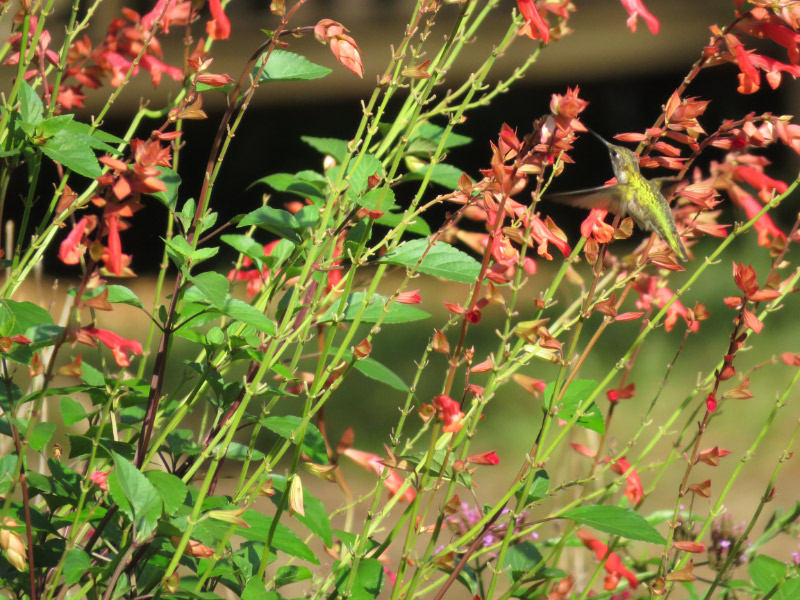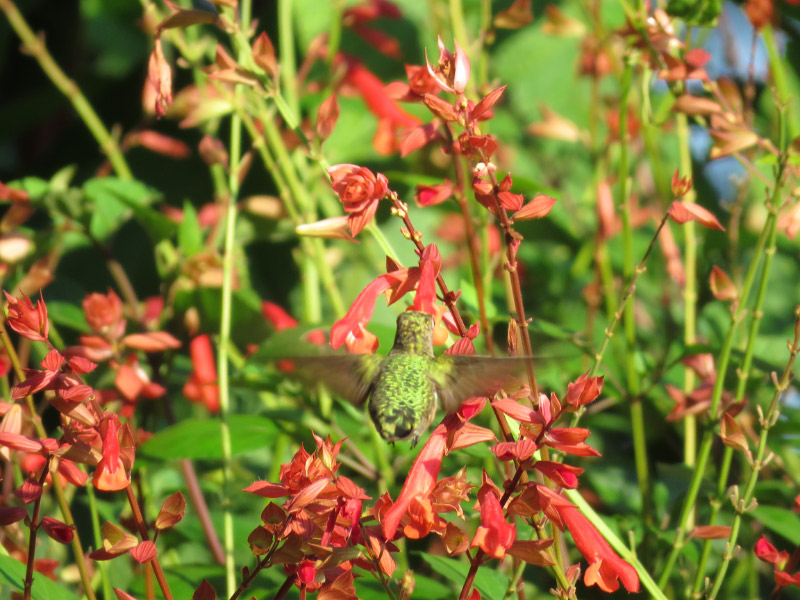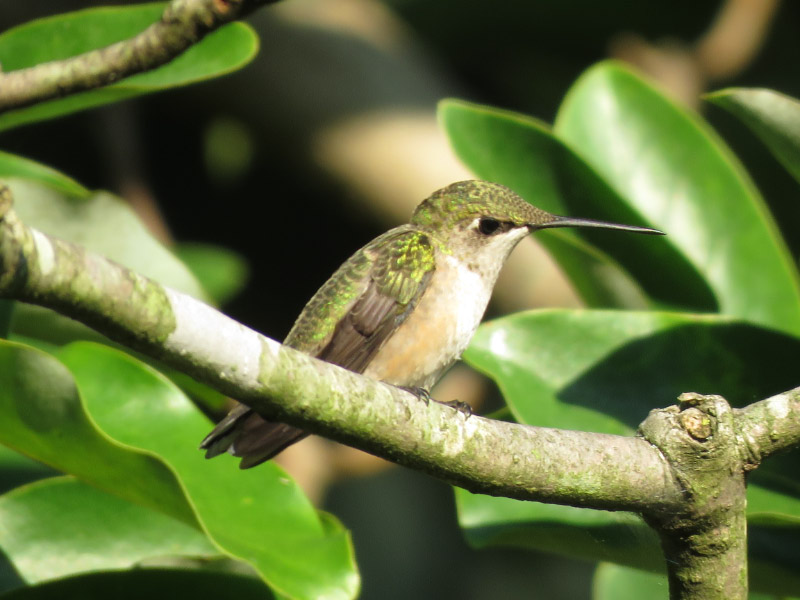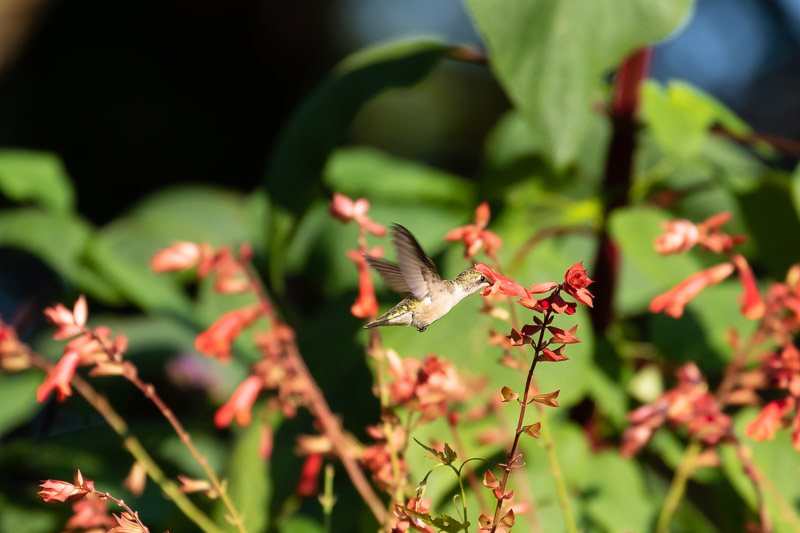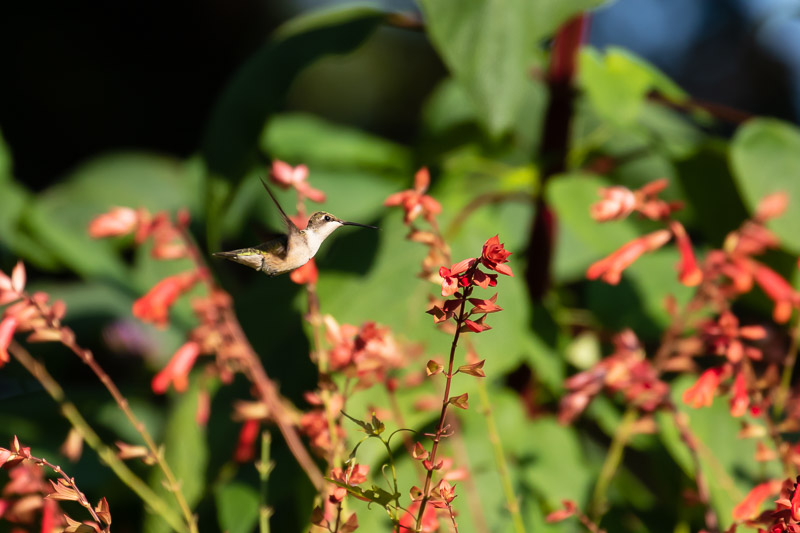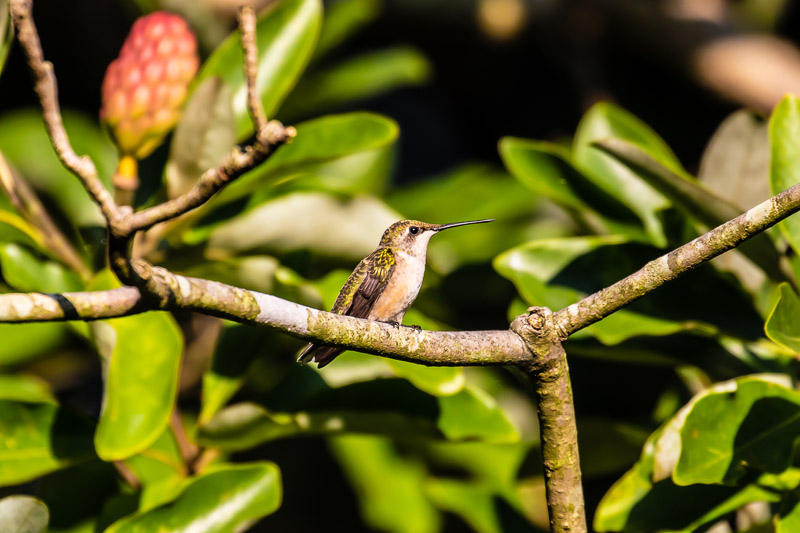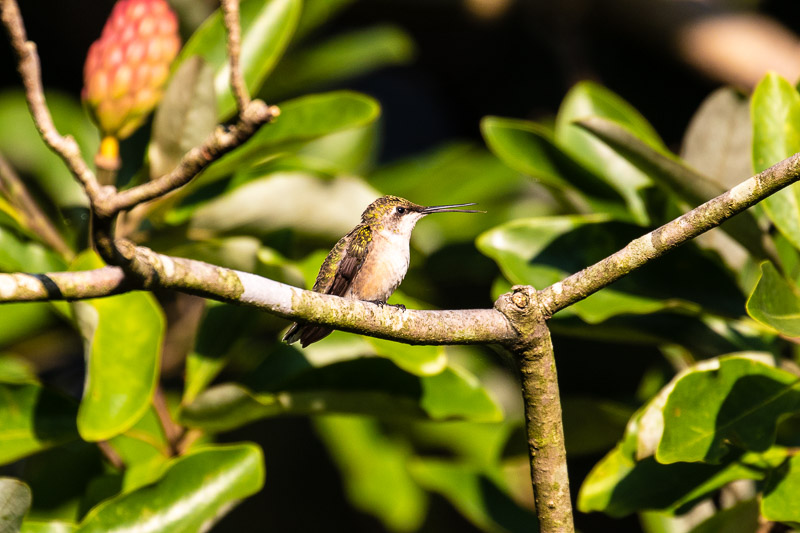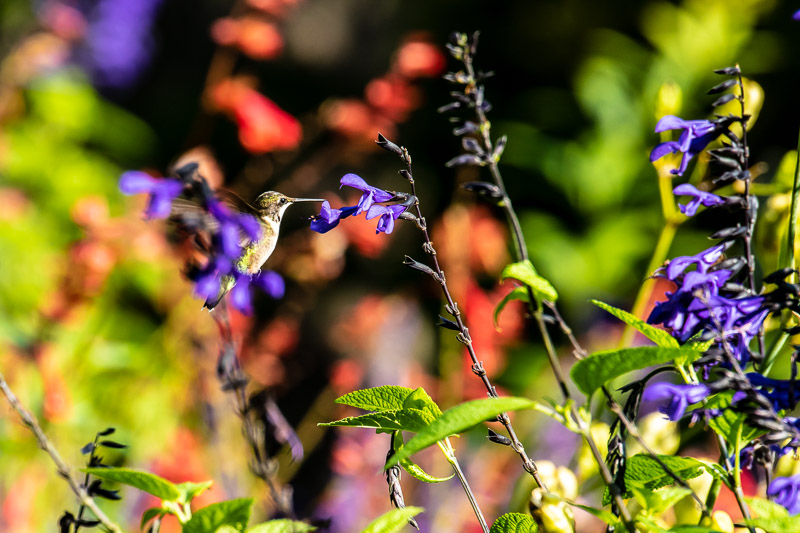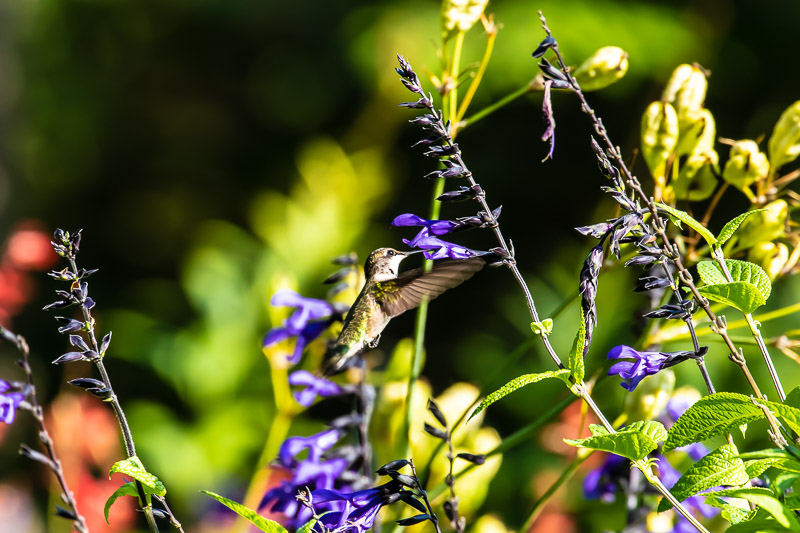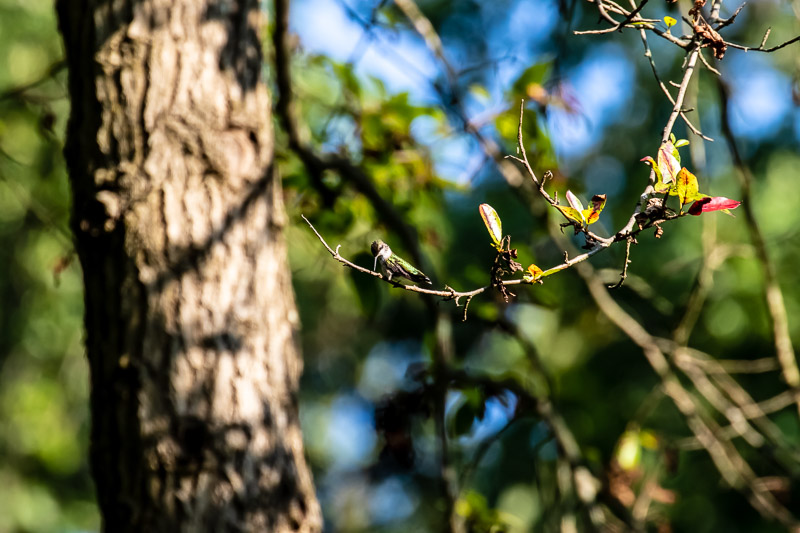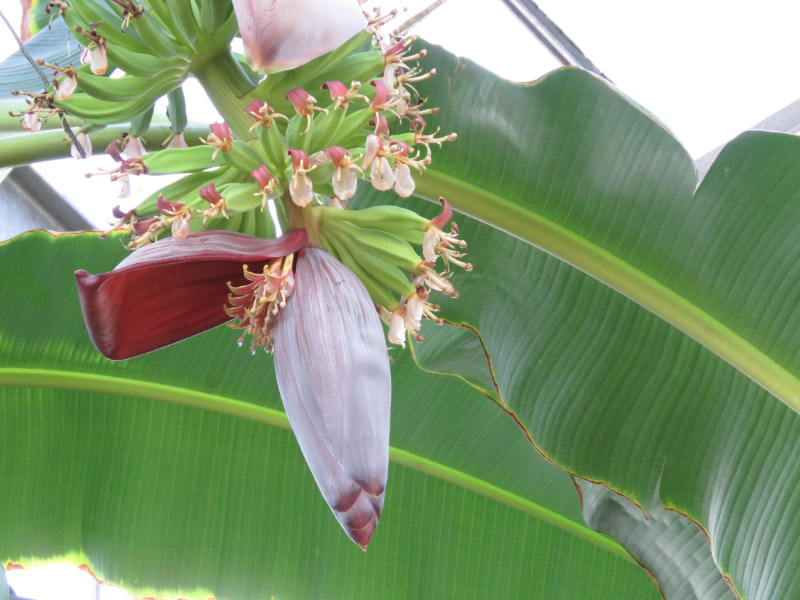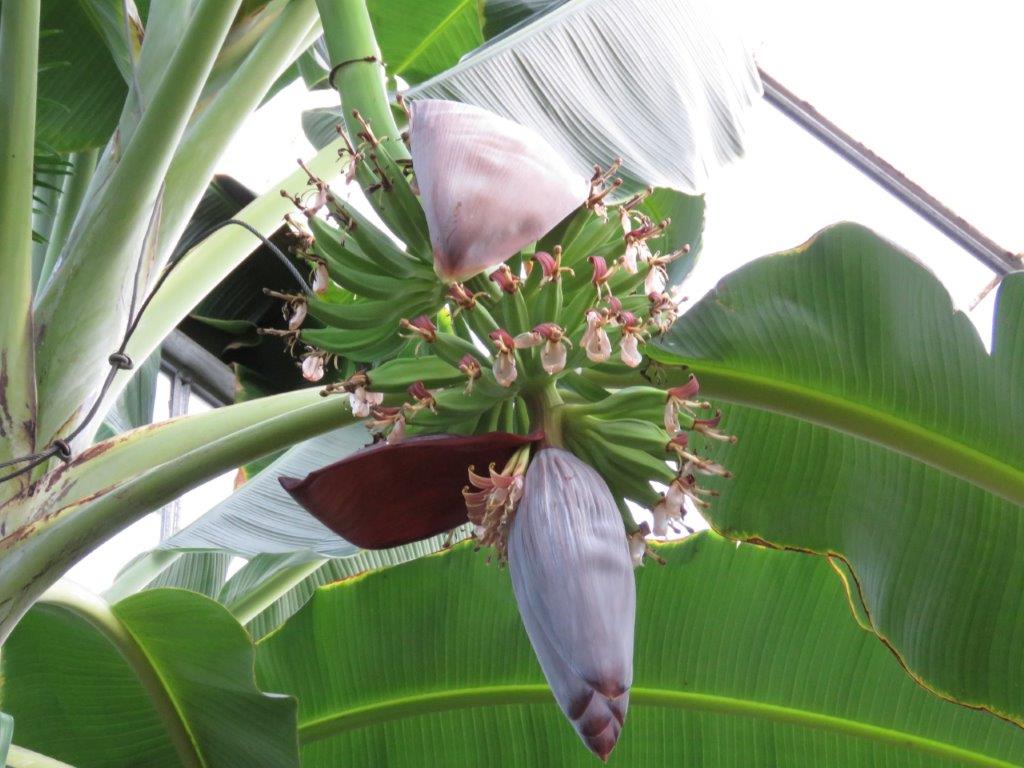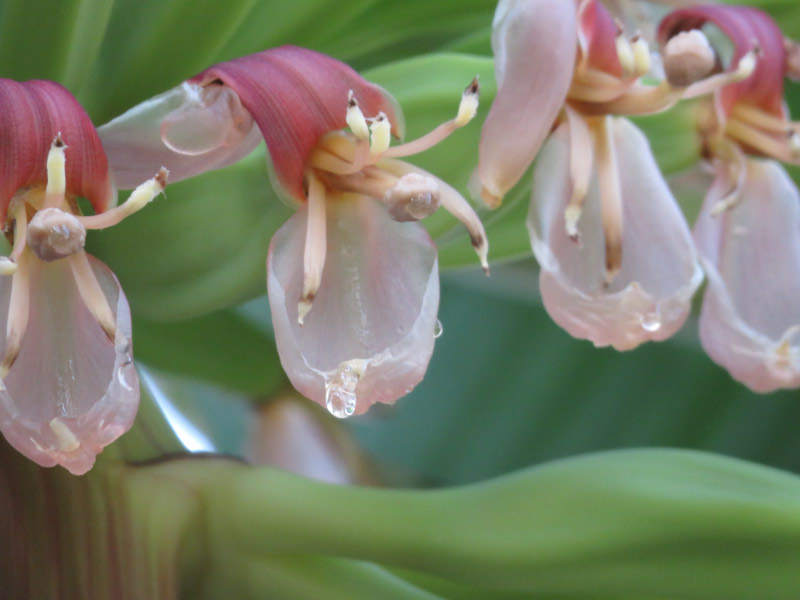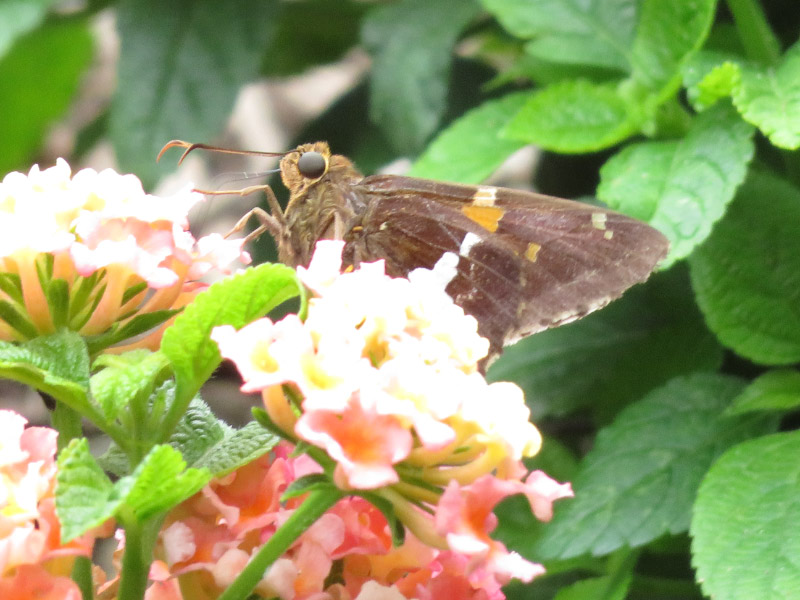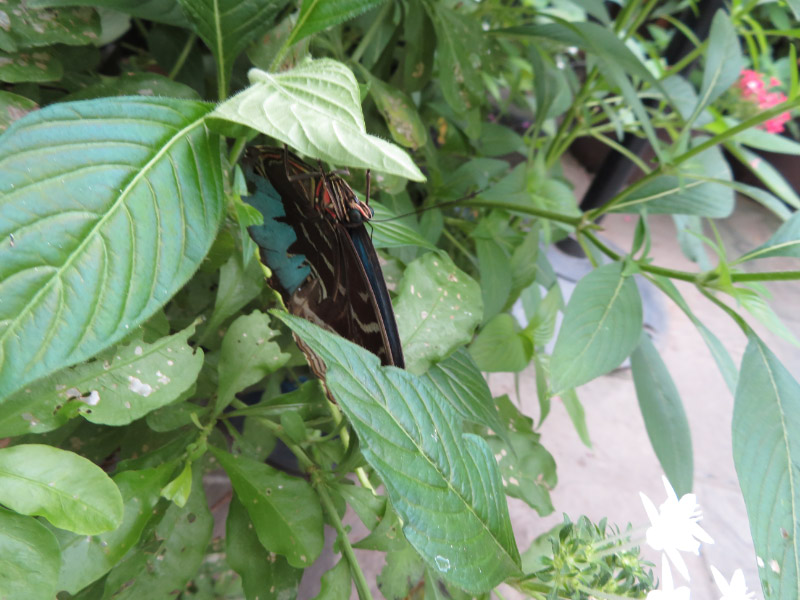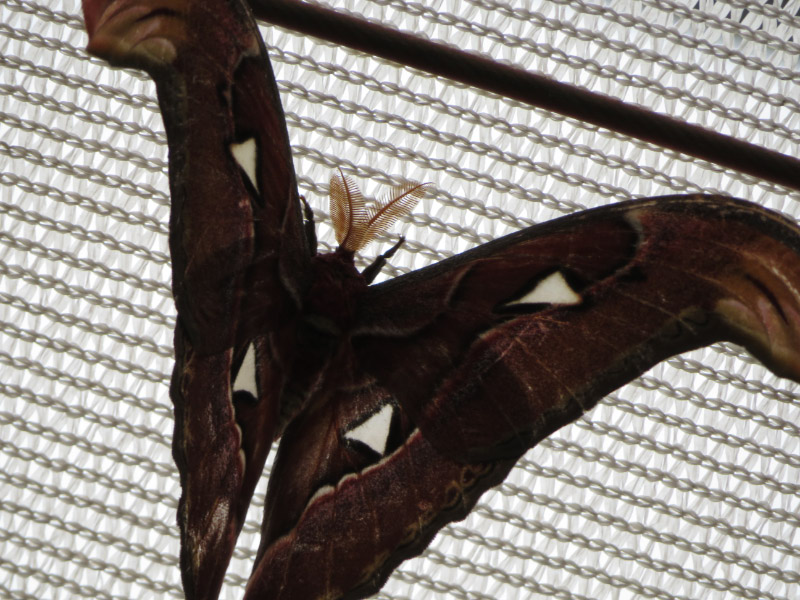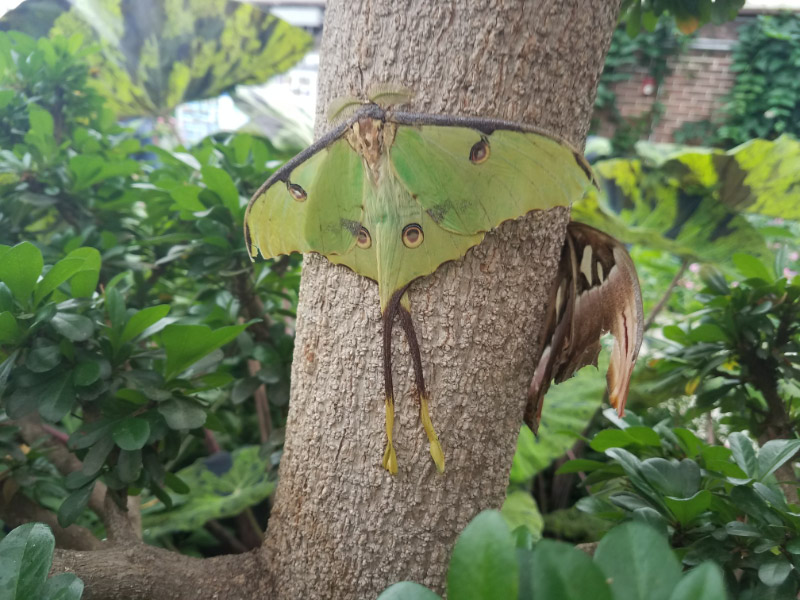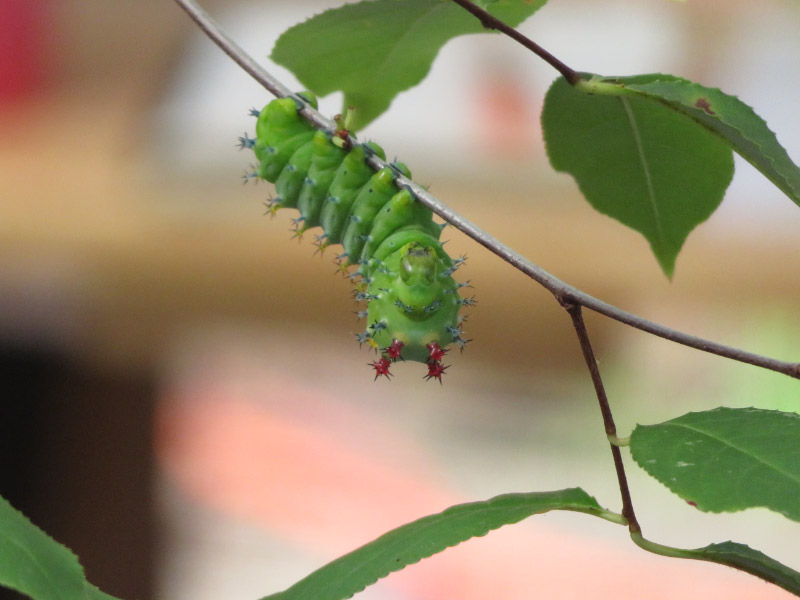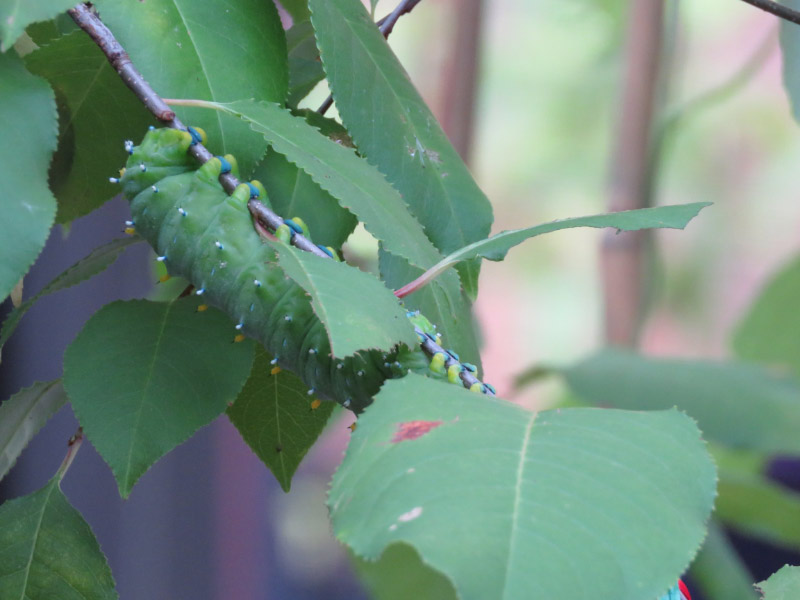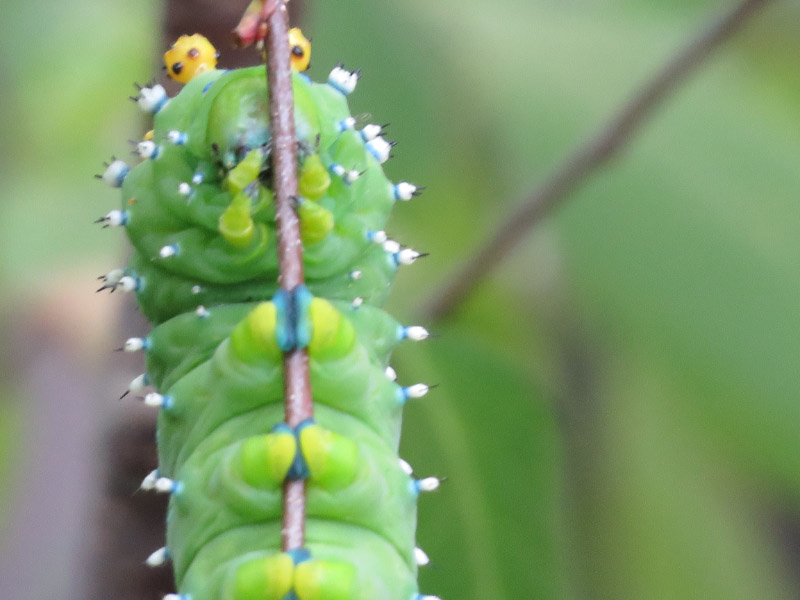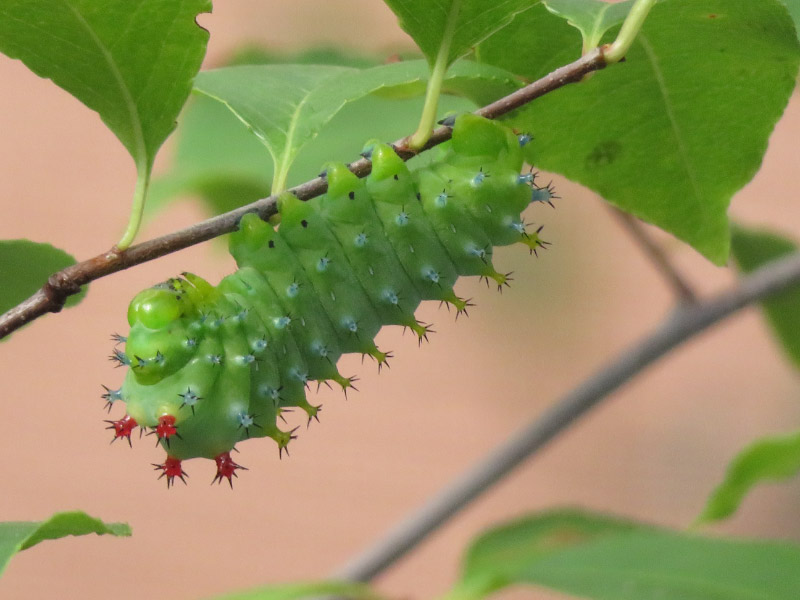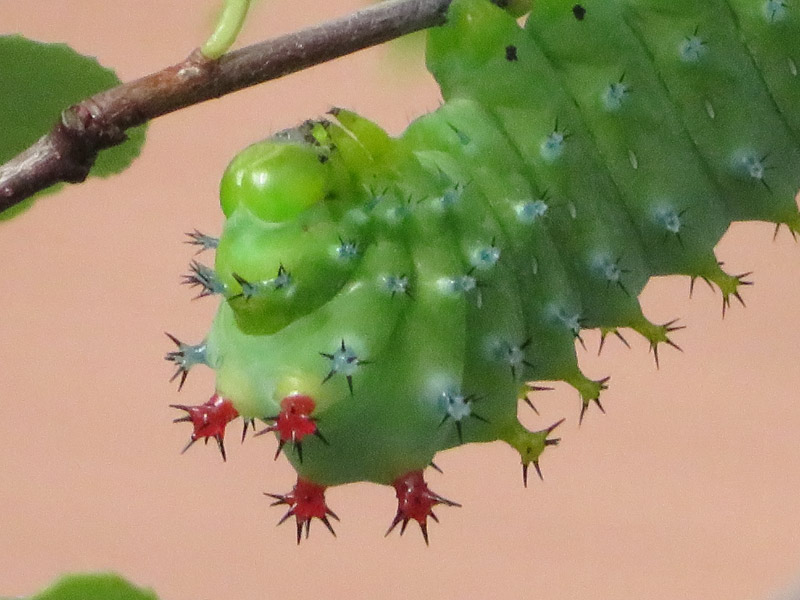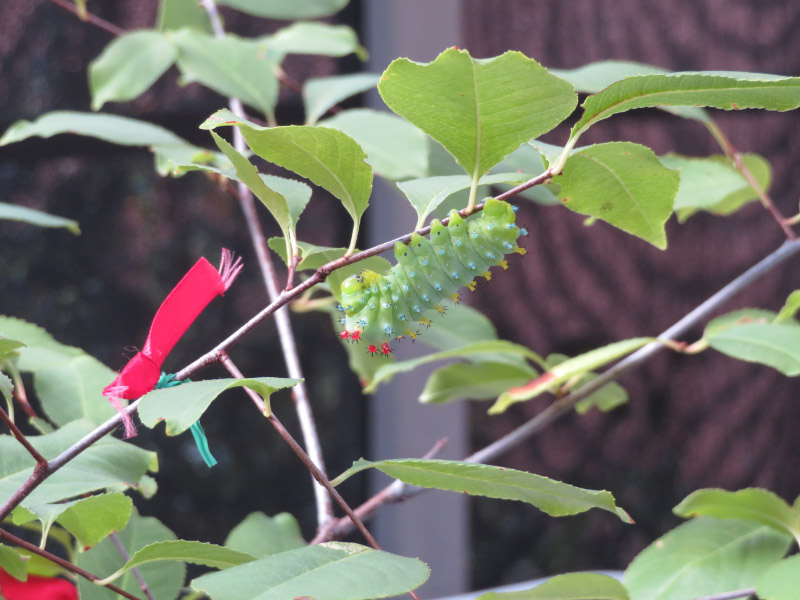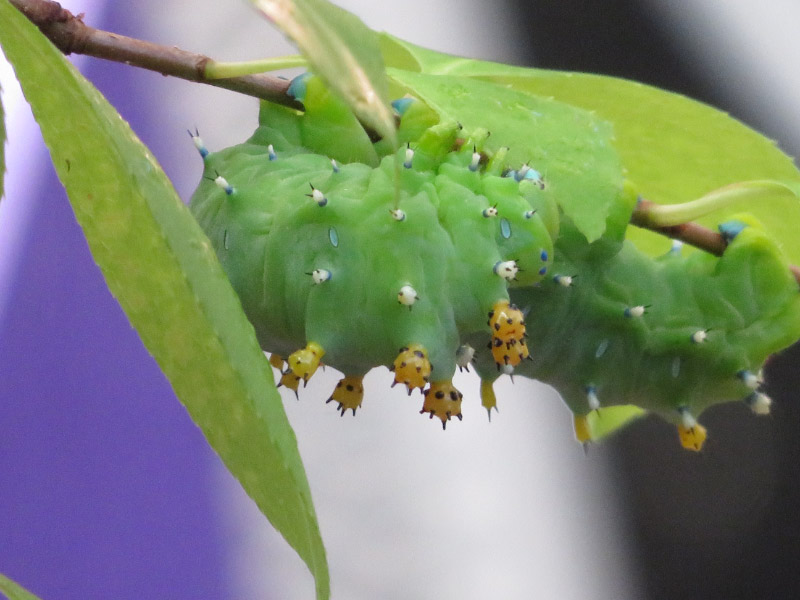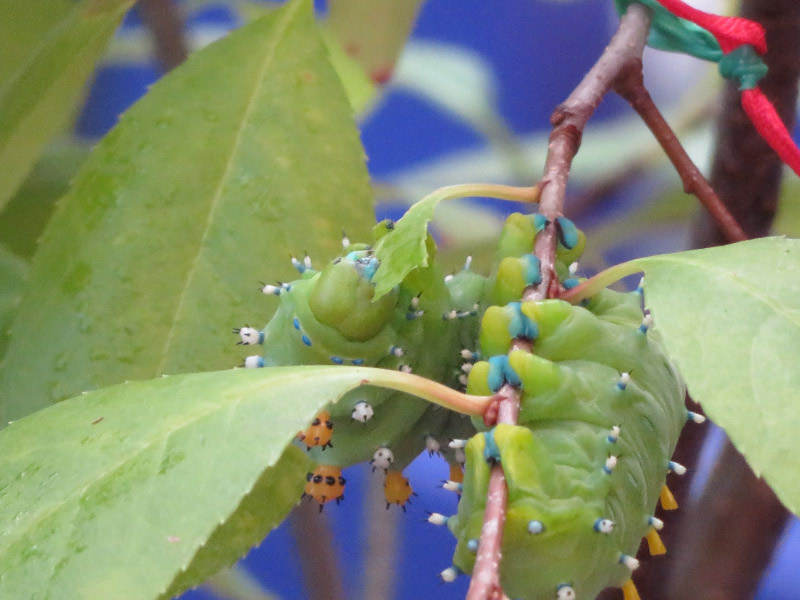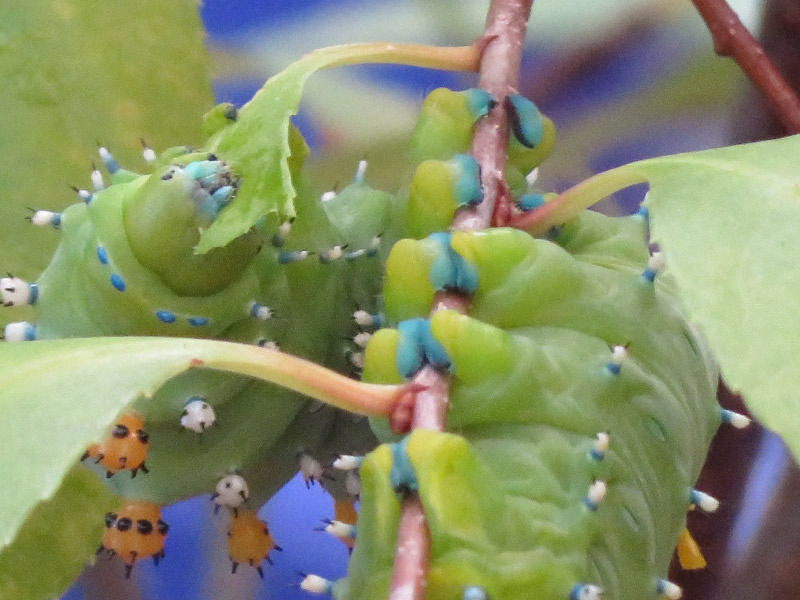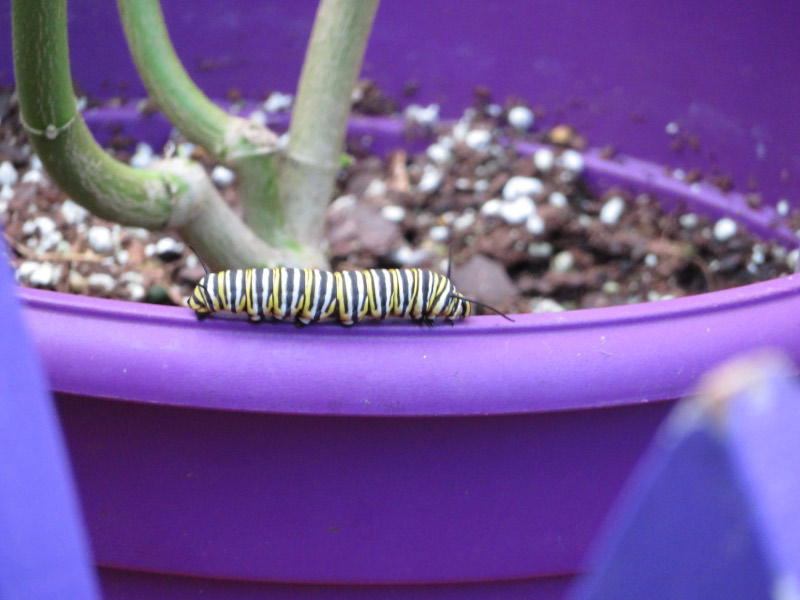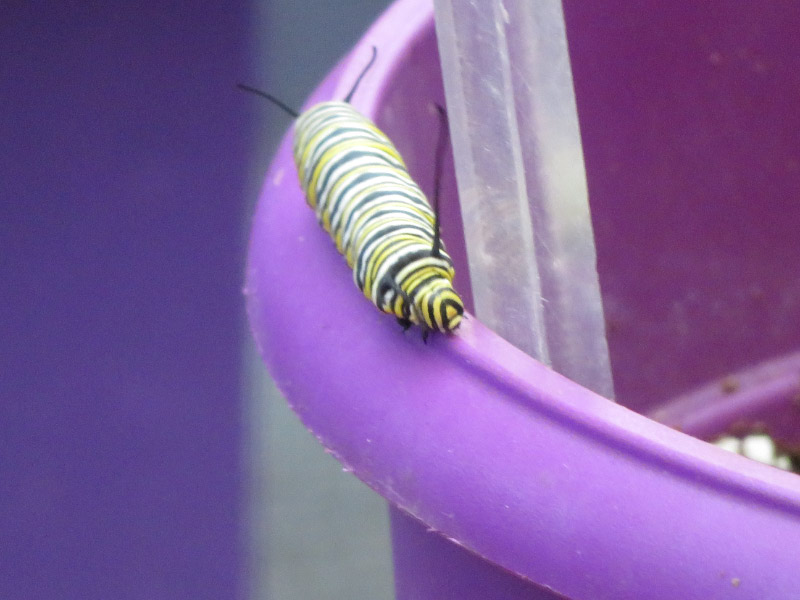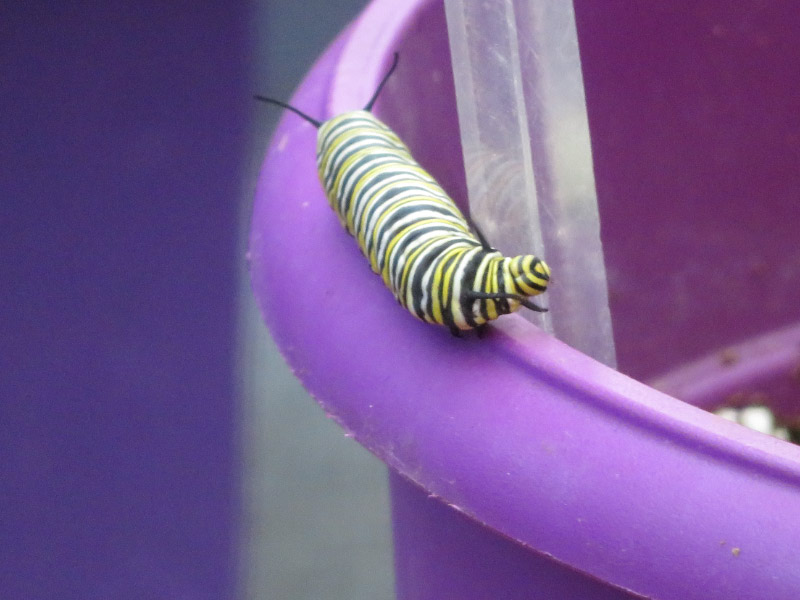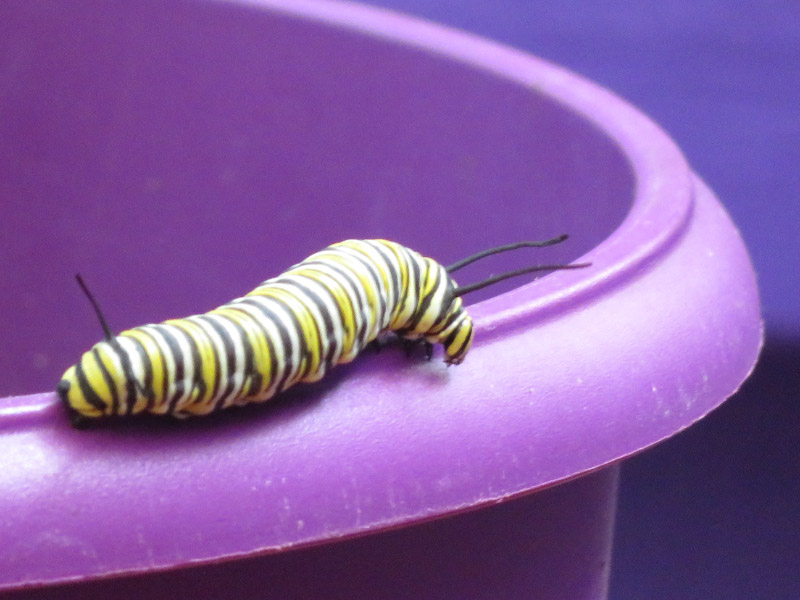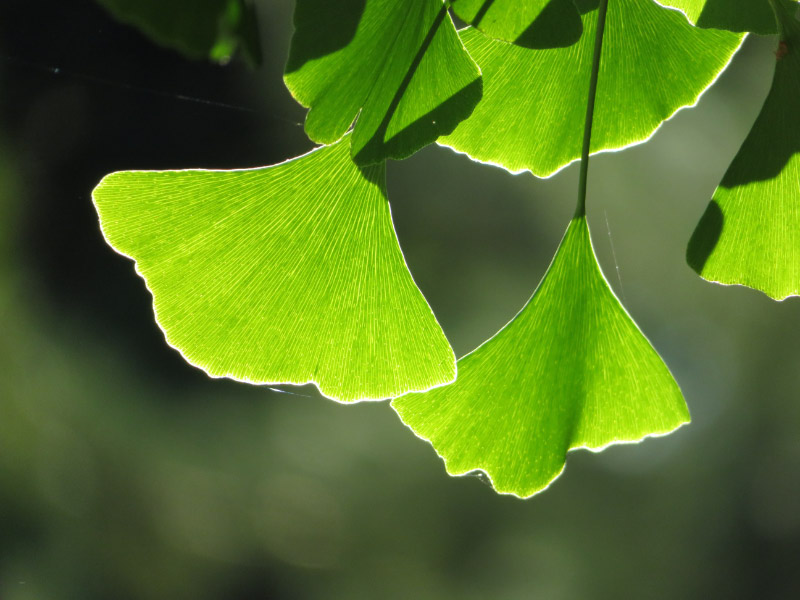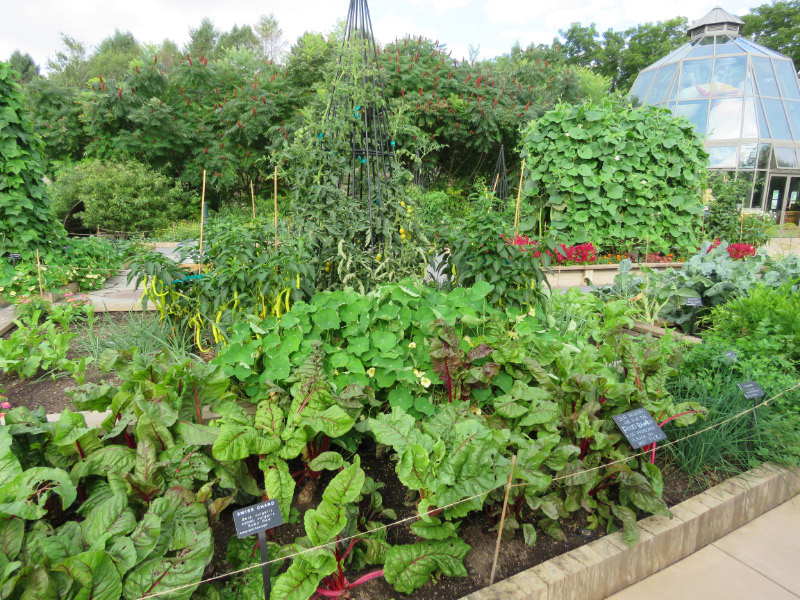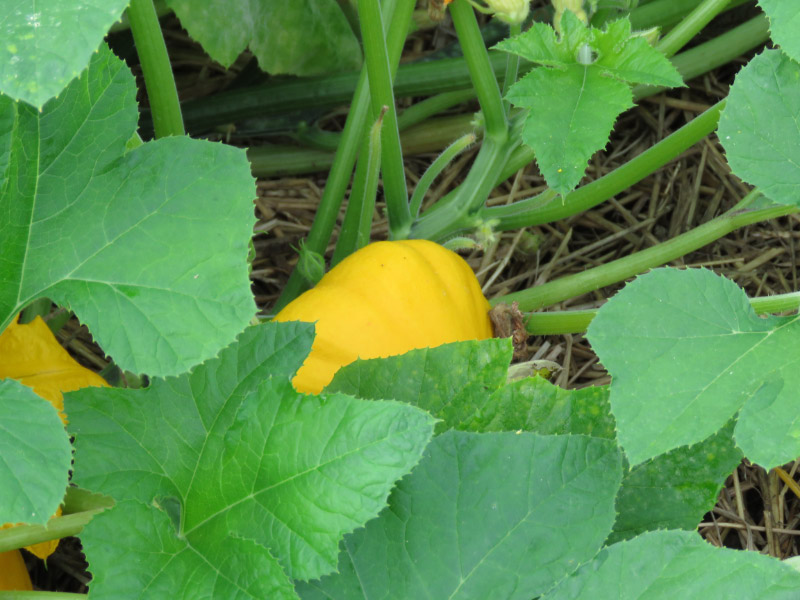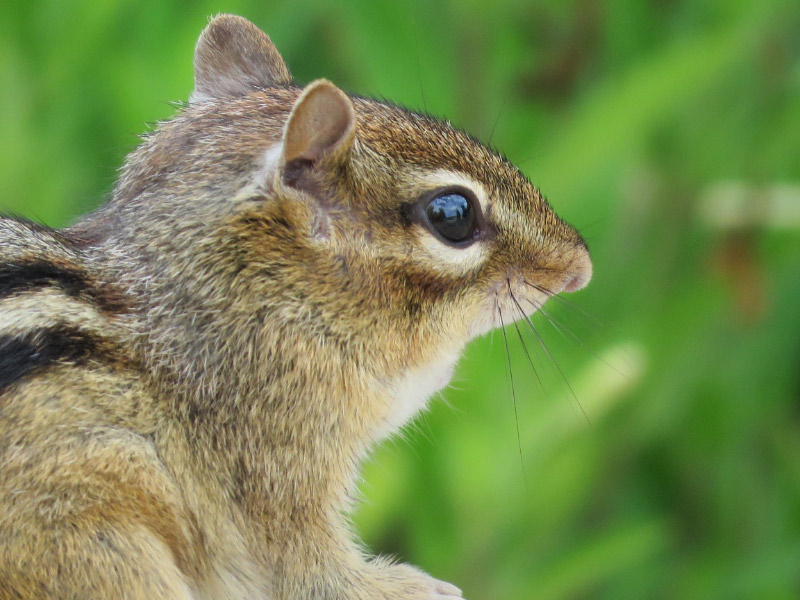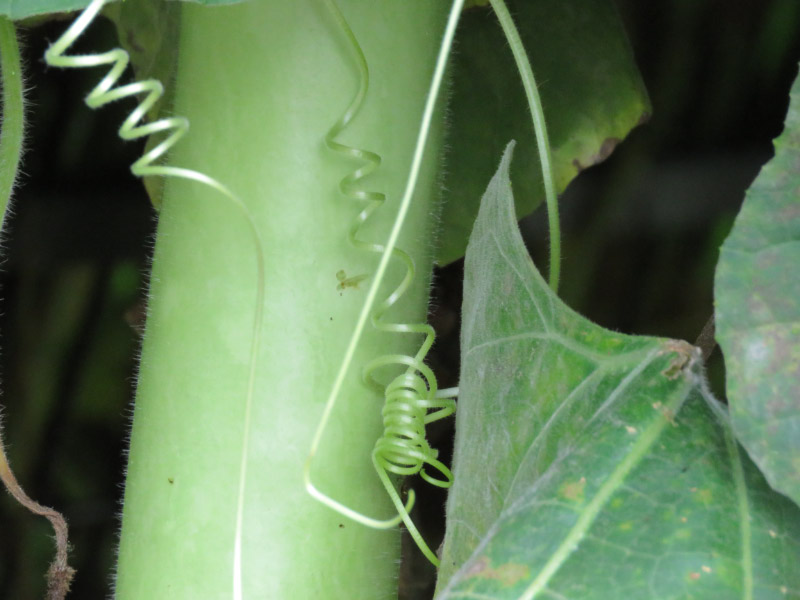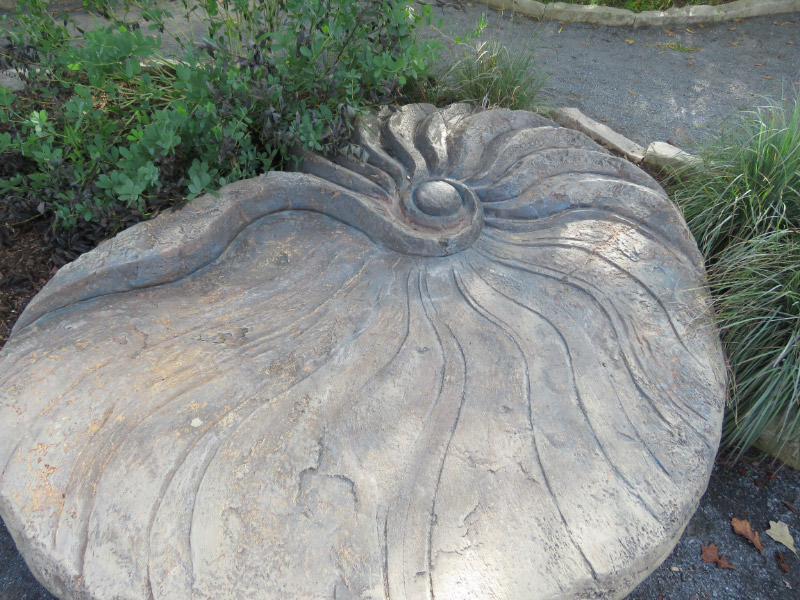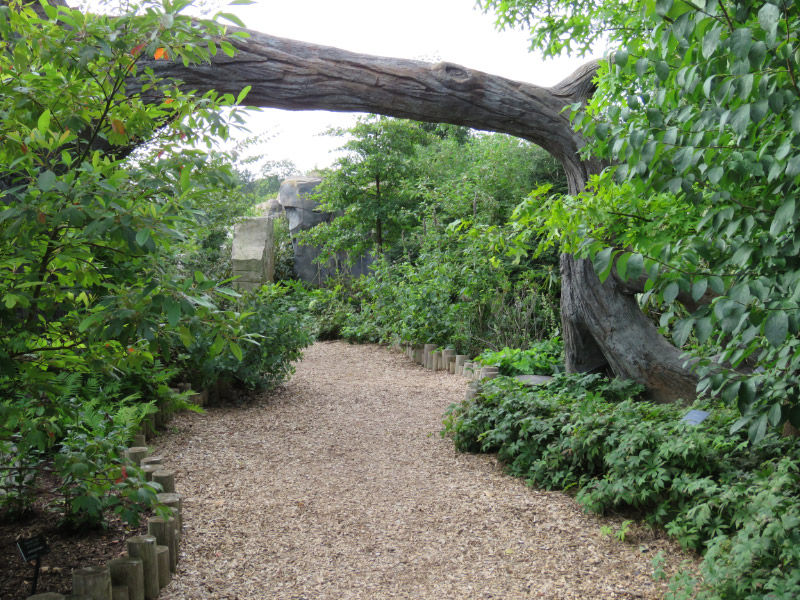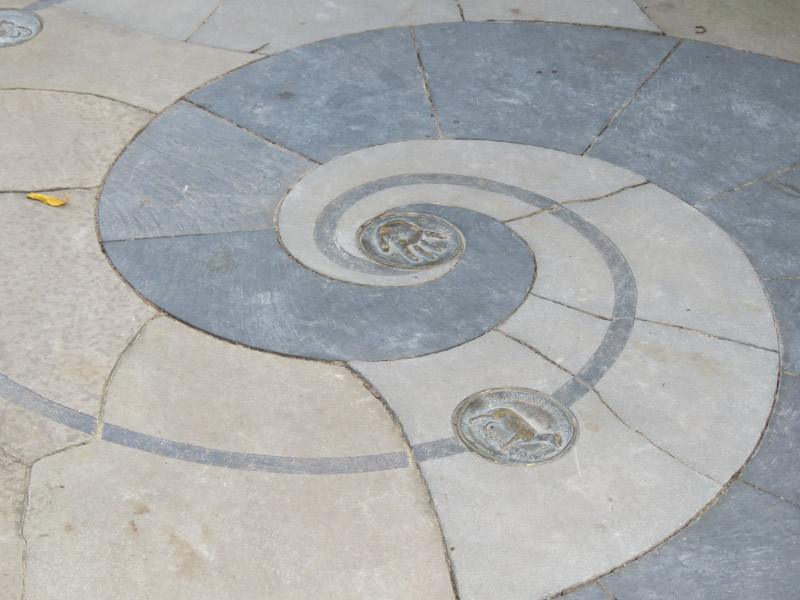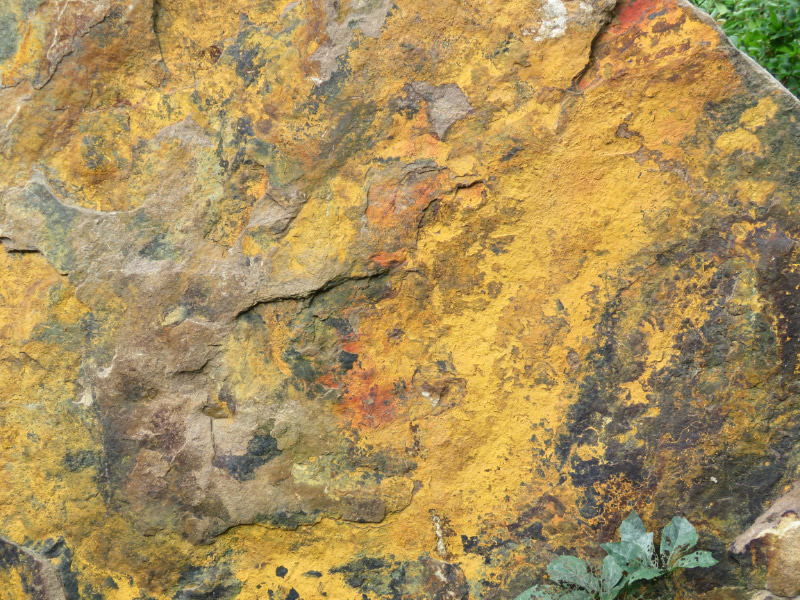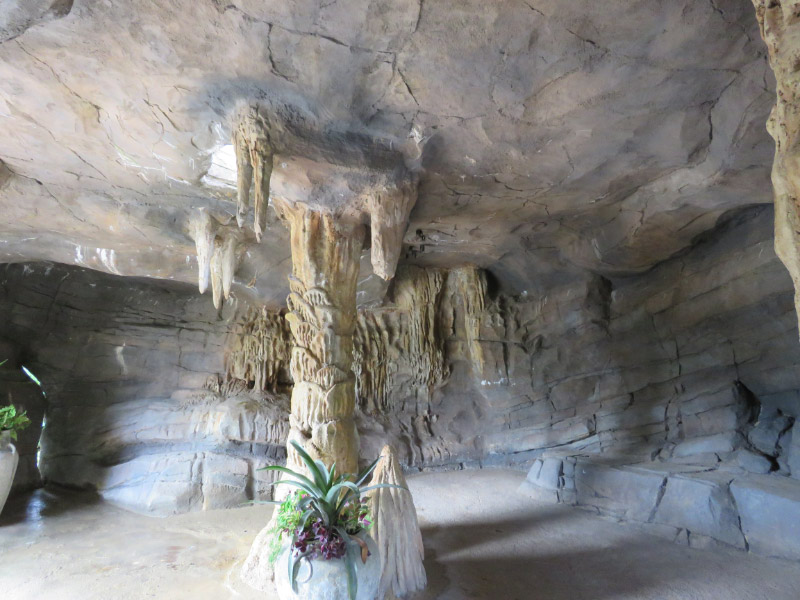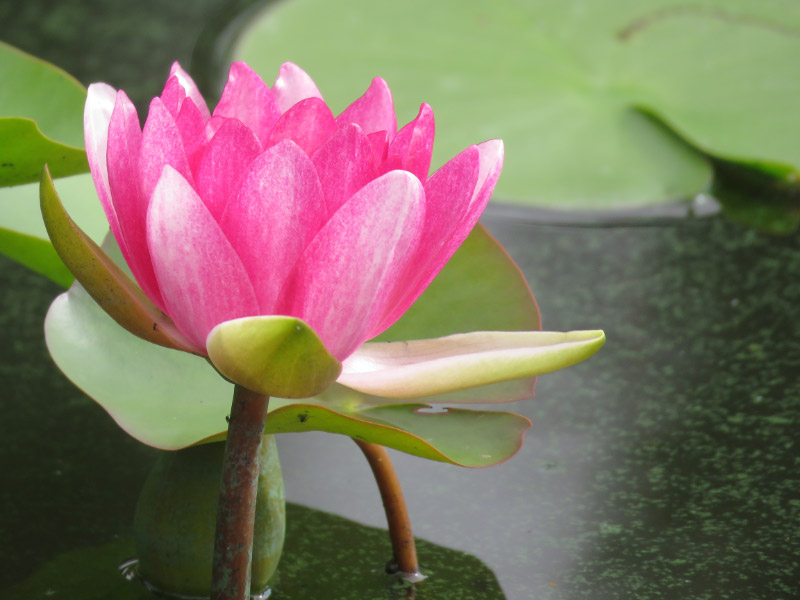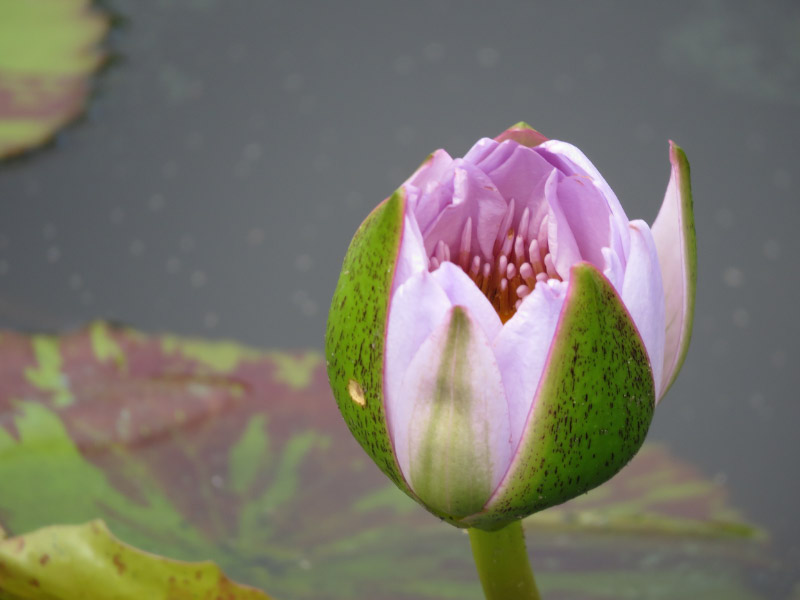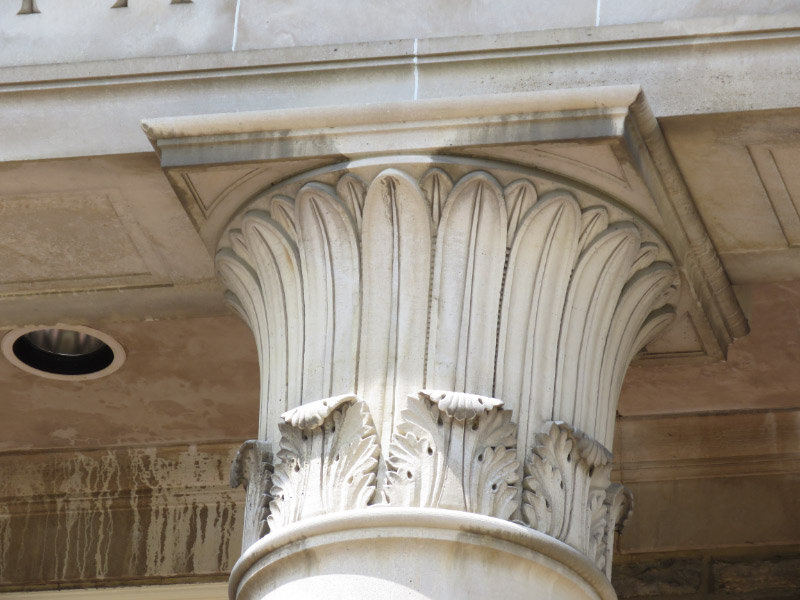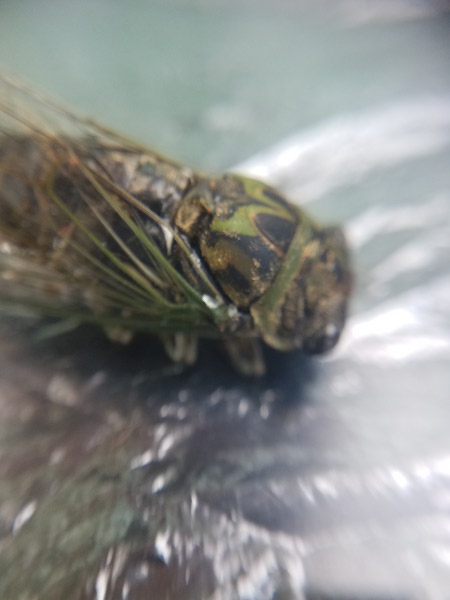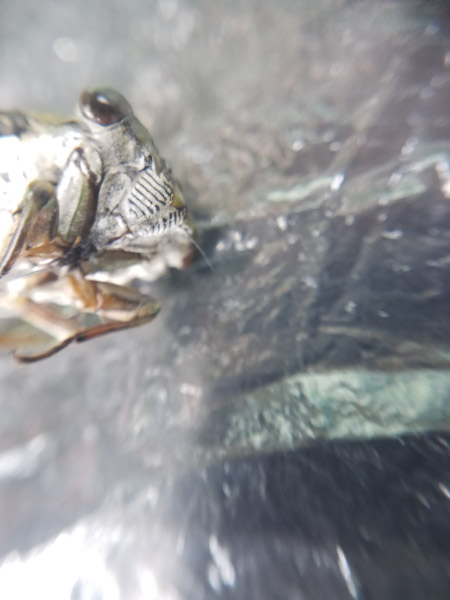The items below were ‘the cream’ of the articles and websites I found this past week. Click on the light green text to look at the article.
Top 25 Birds that Scavenge – National Geographic and Top 25 Grassland Birds – National Geographic – There have been a couple of ’25 birds’ posts since I last included them in the gleanings list…I am catching up.
Image of the Day: Slimy Business | The Scientist Magazine® - Corn species in Mexico that can trap nitrogen…maybe it can be incorporated into the corn that dominates agriculture; that would reduce the amount of fertilizer required for the crop.
BBC - Future - The simple change that can save patients’ lives – Finally – there is more attention being paid to reducing noise (so many beeps and alarms) in hospitals. I’ve always wondered how they thought anyone could rest enough to recover in the hospital environment. Hopefully lighting will get some attention too….move away from the current dominance of blue tinged light for all times of the day and night.
Maple leaf extract could nip skin wrinkles in the bud -- ScienceDaily – The article contained relatively little information maybe because there is a patent pending on the formulation. There will probably be I have a red maple in my back yard and may try making a strong tea from the leaves…seeing how it feels on my skin.
Stirrings in the Muck: Fiddler Crabs, Yellow-Crowned Night Herons Locked in Climate Change Dance – National Geographic – The picture at the top of the article of the yellow-crowed night heron (which I saw for the first time in Carrollton TX earlier this summer) caught my attention…and I read the rest of the article.
Highly effective natural plant-based food preservative discovered -- ScienceDaily – Hope this lives up to its promise and becomes the food preservative of choice. The preservatives currently in use have side effects that are troubling at best.
BBC - Future - Are forgotten crops the future of food? – I have enjoyed the increase varieties of veggies I get from the CSA…and hope that we can further expand the food crops we utilize – for our health and to build more resilience into our food system which now is vulnerable because of the small number of plants and animals that we rely on.
Reverse Power Flow: How Solar + Batteries Shift Electric Grid Decision Making from Utilities to Consumers (In Depth) | CleanTechnica – I’ve started to wonder when the tipping point will occur – when there will be a mass economic defection by consumers away from big electric utilities. With small-scale solar ramping up to 20% of the new power plant capacity in the last 4 quarters and more people added energy storage to their solar arrays – maybe it is starting. It’s a fundamental shift for everyone. Maybe now is not the time to invest in utility companies unless they are buying in to that shift.
See Shells of Sea Spuds on the Seashore | Smart News | Smithsonian – I’d never heard of sea potatoes before…they are a kind of sea urchin. I had hoped the article would say something about how sea urchins respond to increasing ocean acidity. An article from last April said that purple sea urchins were already adapting. Are sea potatoes adapting too?
First biomarker evidence of DDT-autism link: National birth cohort study finds DDT metabolites in the blood of pregnant women are associated with elevated odds of autism in offspring -- ScienceDaily – A study of more than 1 million pregnancies in Finland between 1987 to 2005. The study found that autism correlated to maternal DDT…but not PCB…exposure.

